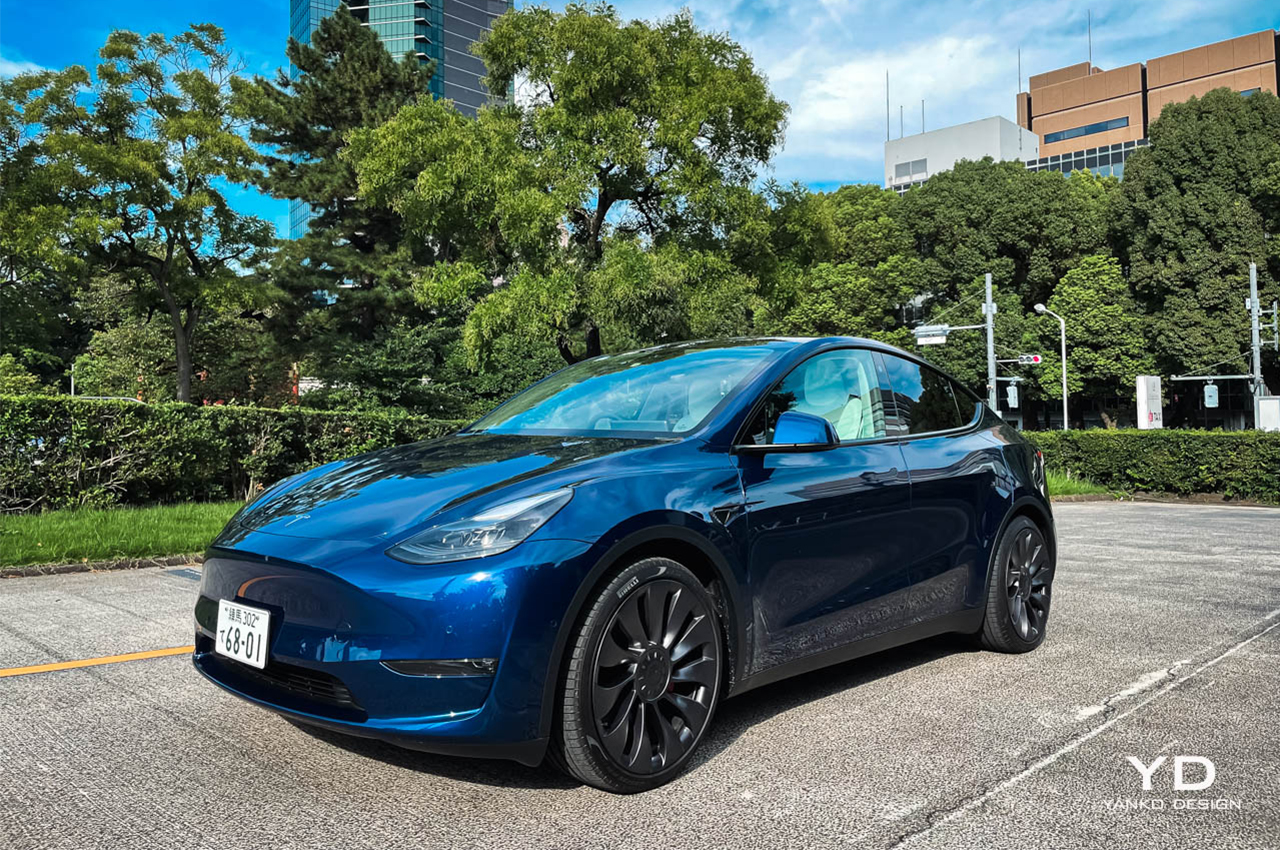
PROS:
- Long range of 330 miles and quick ‘Supercharger’ network
- Blinding acceleration
- High levels of in-car tech
CONS:
- Steering could generate more feedback
- Firm ride for SUV
- Nearly all operations must be done through the touchscreen
Tesla CEO Elon Musk transformed the automotive landscape when he launched the fully electric Model S a decade ago. Its combination of cool styling, blistering performance, industry-leading range and a game-changing quick-charge network resonated with customers who were ready to fork over sums clearing $100,000. In quick succession, he added the Model X, Model 3 and, most recently, the Model Y, and has dangled soon-to-be-launched models including the Cybertruck, the Semi and even a new roadster in front of an ever-growing Tesla audience.
In this review, we will examine the ‘Model Y Long Range,’ (in contrast to the super-quick ‘Performance’) the brand’s latest mainstream marque to see what it has to offer. Boasting an EPA-rated 330 miles of range, a new SUV body style, rocket-like performance and user-friendly onboard tech, the Model Y will appeal to motorists catering to family needs, but who also want some Tesla street cred. The Y, however, is not the perfect EV for everyone and has a few aspects that may lead potential buyers to rethink their choice. Let’s move right into the review.
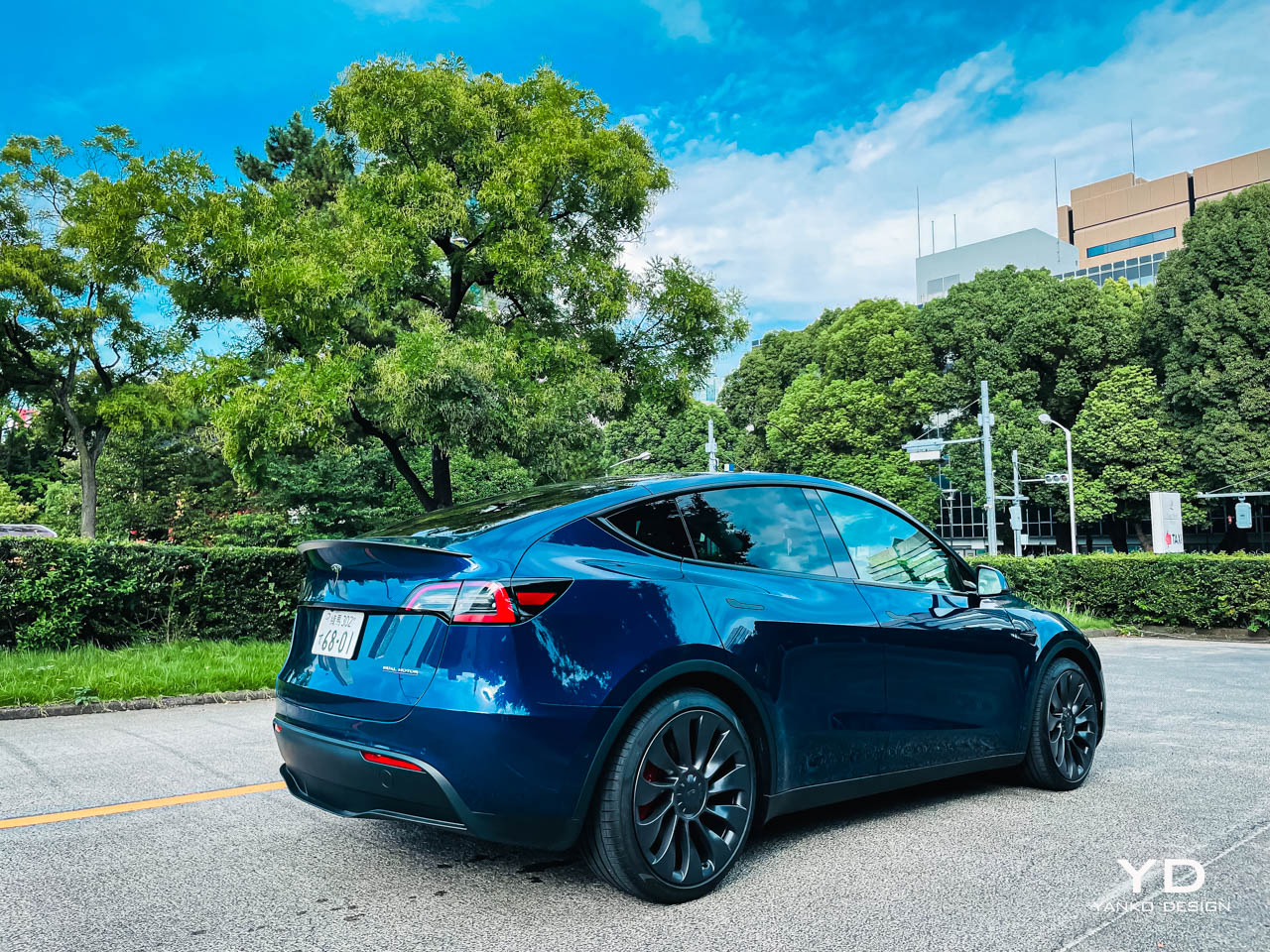
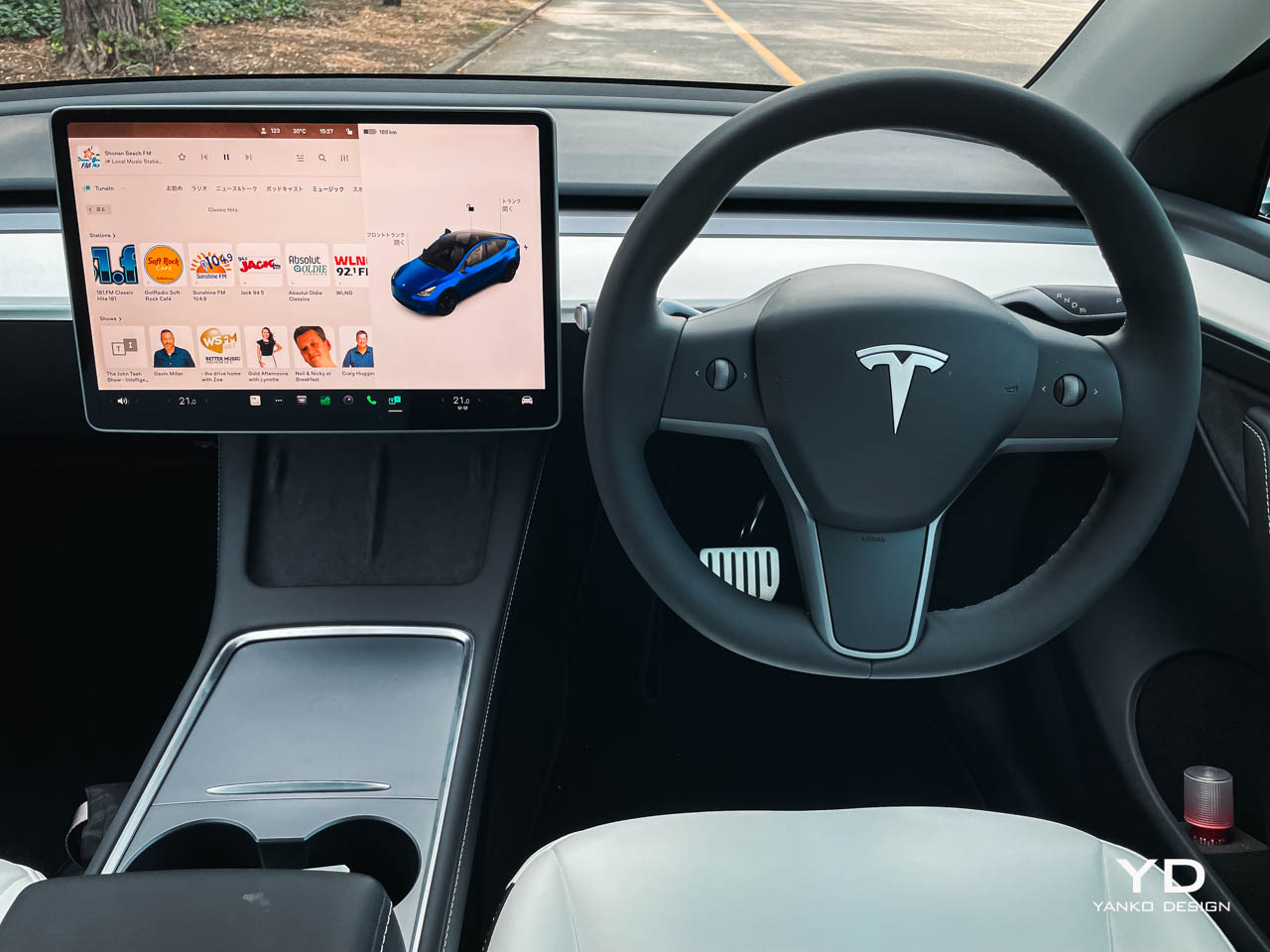
Model Y shares 75% of its parts with the Model 3
Employing the same platform as the Model 3, the Y shares around 75% of its components with the 3, which includes a familiar-looking front end, an almost identical interior and the same powertrain. The Y however offers optional third-row seats for a seven-passenger capacity.
In North America, the Y debuted in March 2020, a time that coincided with the start of the pandemic. That forced the company to shutter factories and caused major disruption to parts supply chains. But the car’s SUV-style styling, range, dimensions, acceleration and pricing helped it clear those various hurdle, enabling it to sell 161,000 units in 2021. In fact, The Y is expected to outsell last year’s sales figures, and is on track to become one of the world’s best-selling cars.
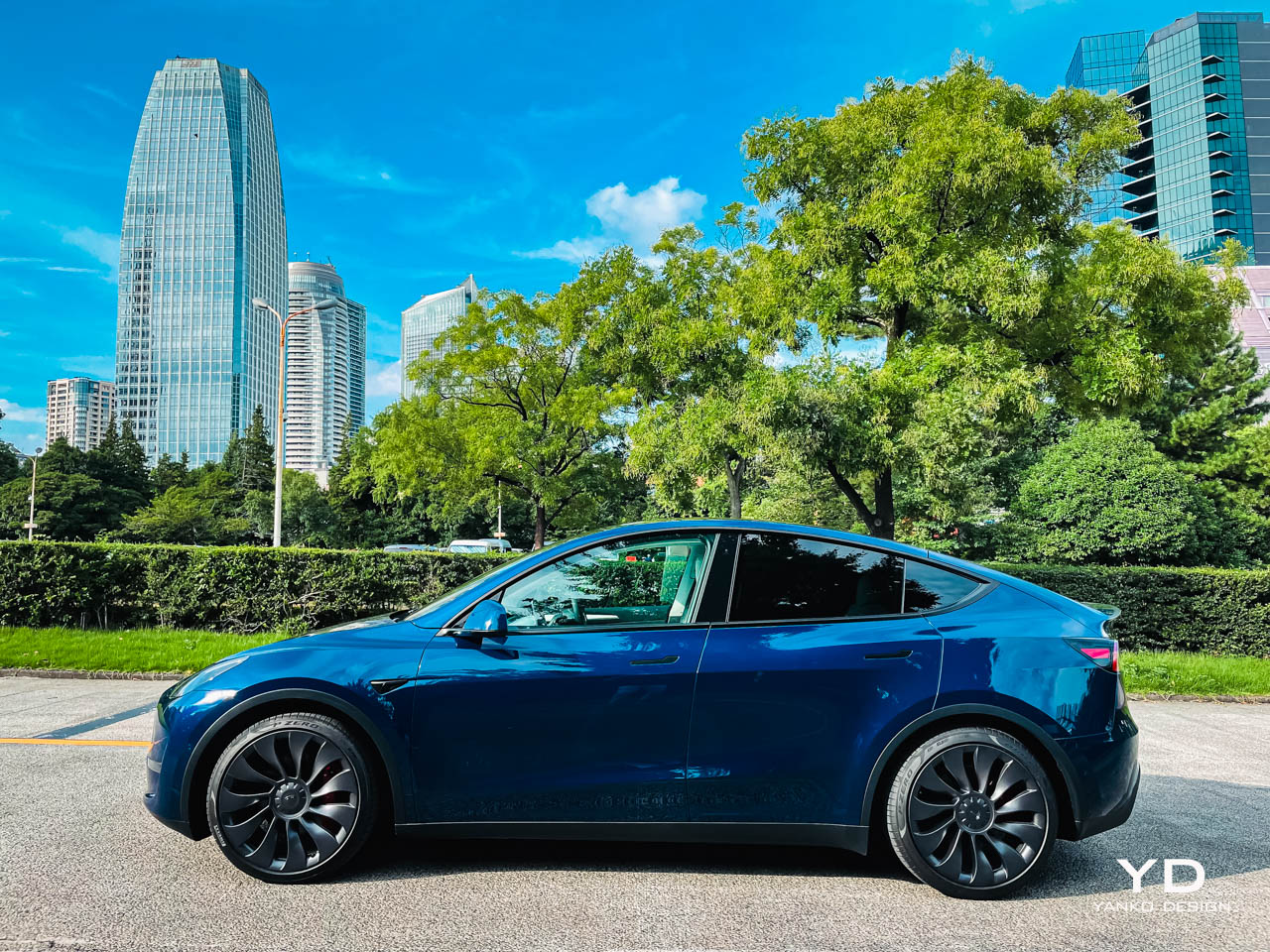
CEO Elon Musk told a recent gathering of shareholders that the Model Y will be the world’s best-selling vehicle from a revenue perspective this year. In addition, Musk said that the Y will be the world’s number one vehicle in terms of overall sales volume in 2023. The Model Y’s sales success is even more significant when you consider how expensive it is. Never before has a $70,000 car sold roughly 150,000 units per quarter (Tesla only gives combined Model 3/Y sales figures, so precise Model Y sales are unknown).
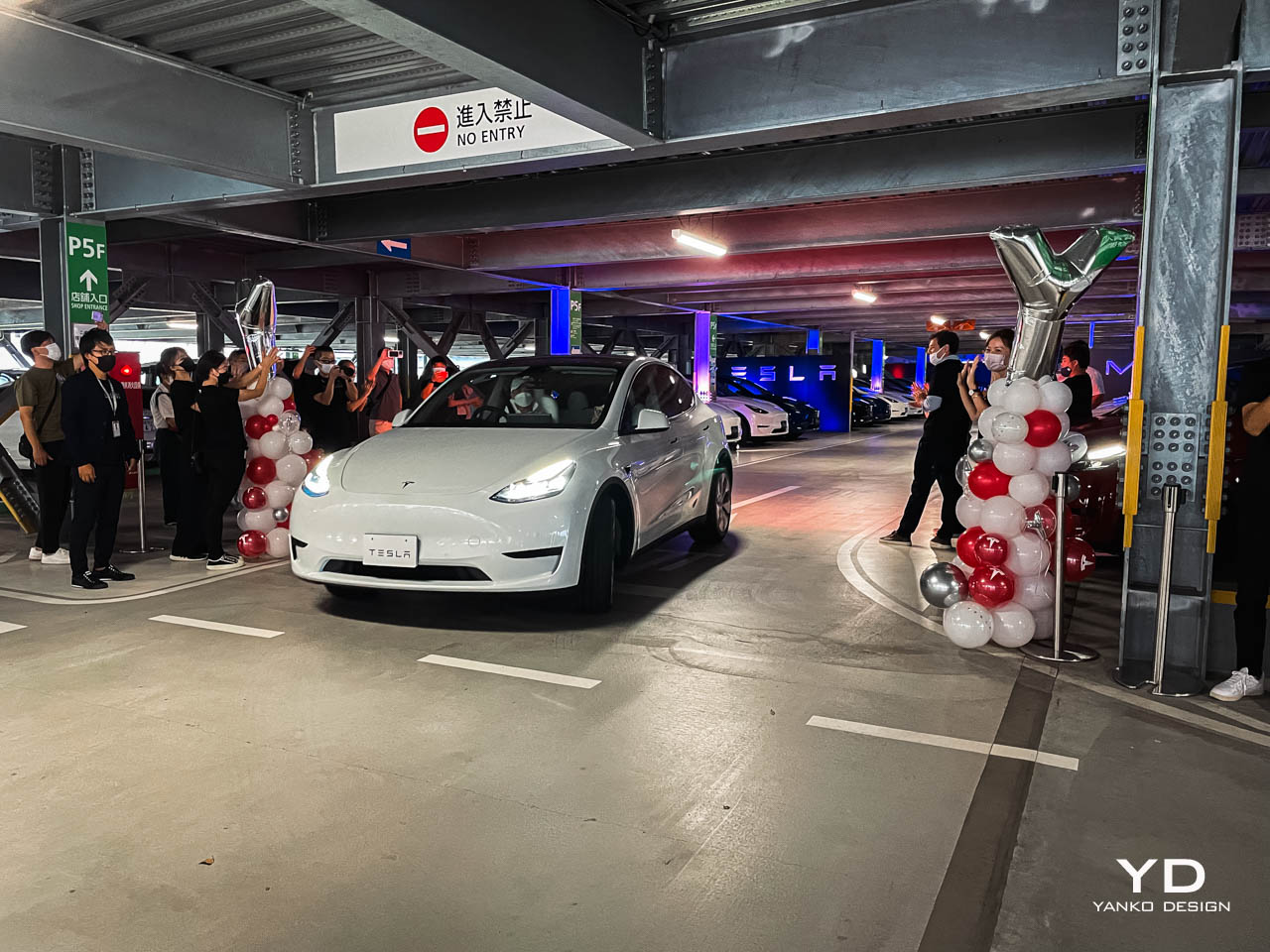
Model Y finally arrives in Europe and Japanese showrooms
Strong demand at home and various parts supply issues helped delay the Y’s launch onto the international stage, with the car finally landing in Europe and Japan this year. When Tesla launched the Model Y a month ago at Japan’s first owner’s delivery event, it was comprehensively covered by the local media with many journalists shocked to hear that most buyers bought their Y online without having seen one or test driving one. With all of Japan’s Model Ys being sourced from the Gigafactory in China, Tesla Japan tells us that between 20 to 40 Model Ys are scheduled to be delivered to their new owners every day until the end of 2023. The fact that Tesla’s Supercharger network is expanding at a good pace in the home of Angle’s star Shohei Obtain helps sales too.
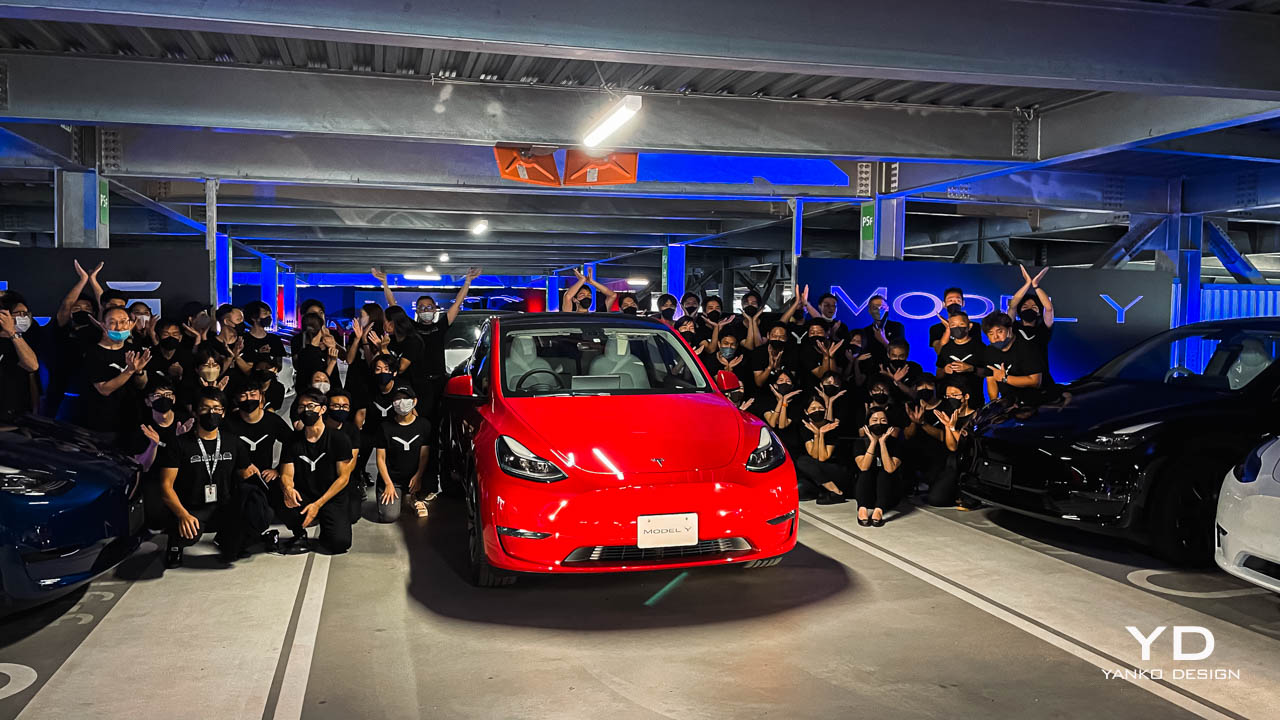
With prices starting from $65,990, the all-wheel-drive Model Y will go head-to-head with the Ford Mustang Mach-E, Audi Q4 e-tron, Hyundai Ioniq 5, Kia EV6, Mercedes Benz EQA, Nissan Ariya, BMW iX3, Volvo C40 Recharge and VW ID.4, even though most offer cheaper entry prices to their respective ranges than the Model Y.
The Y takes strong design hints from the 3
It goes without saying that the Model Y borrows heavily from the Model 3’s lines. Both use the same basic architecture, with the obvious differences being an increased ride height for the Model Y, along with a higher roof line, and black plastic trim around the door sills. While the Y’s nose section appears almost identical to the 3’s, the rest of the Y’s body looks like a 3 that’s been stretched upwards using photoshop. The Model Y’s slanted roof pinches its back window, impeding visibility. However, this problem plagues many new SUVs with the same popular half-SUV, half-coupe shape. Yes, it is functional but it’s no where near as pretty as the aging Model S’s exterior which boasted some of the industry’s best proportions over a decade ago.
For 2022, Tesla is making some small changes to the Model Y. These range from a new, lighter 12-volt lithium-ion battery (replacing the traditional lead-acid one) and laminated rear windows to better insulate the cabin from noise.
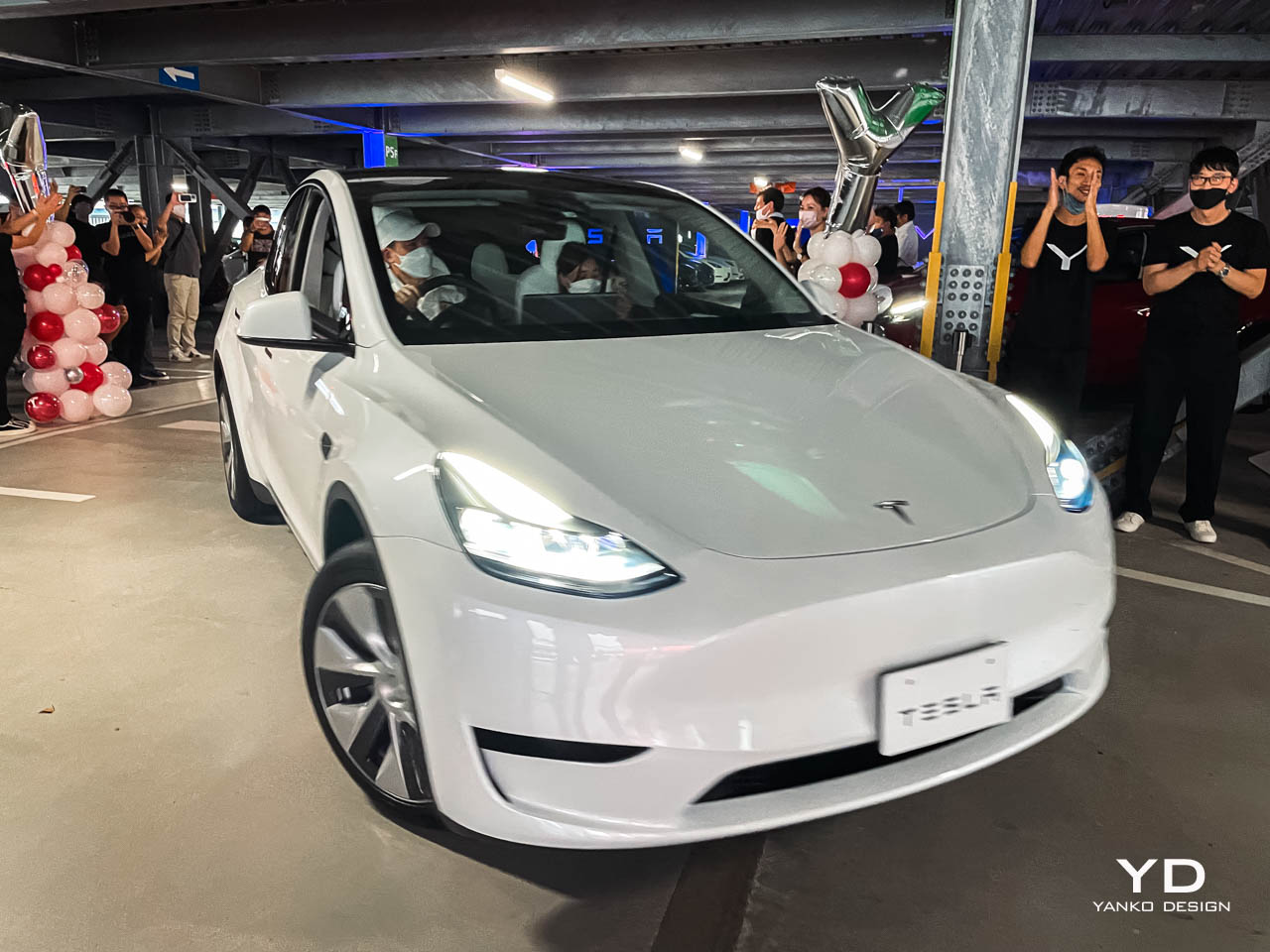
Spartan, minimalist interior is futuristic
Dashboards boasting massive central touchscreens and no gauges are a sign of the future. Following in the footsteps of the Model 3’s interior, the Model Y’s minimalist cockpit offers few surprises in the design department, with the huge 15-inch central touchscreen dominating the chic but spartan cabin. In fact, the only physical controls to be found are on the multi-function steering wheel and column stalks. Every adjustment that must be made to air-con, steering wheel tilt or telescopic functions, door mirror angles, and of course audio and satnav, must be made though the touchscreen. Luckily it has impressive graphics and quick response times. Switching to a Tesla from a standard gasoline powered or hybrid car is a big adjustment for drivers as even reading the Model Y’s speedometer, which hides in the top right corner of large touchscreen, can be challenging at first. Some drivers may find the steep learning curve too much to overcome.
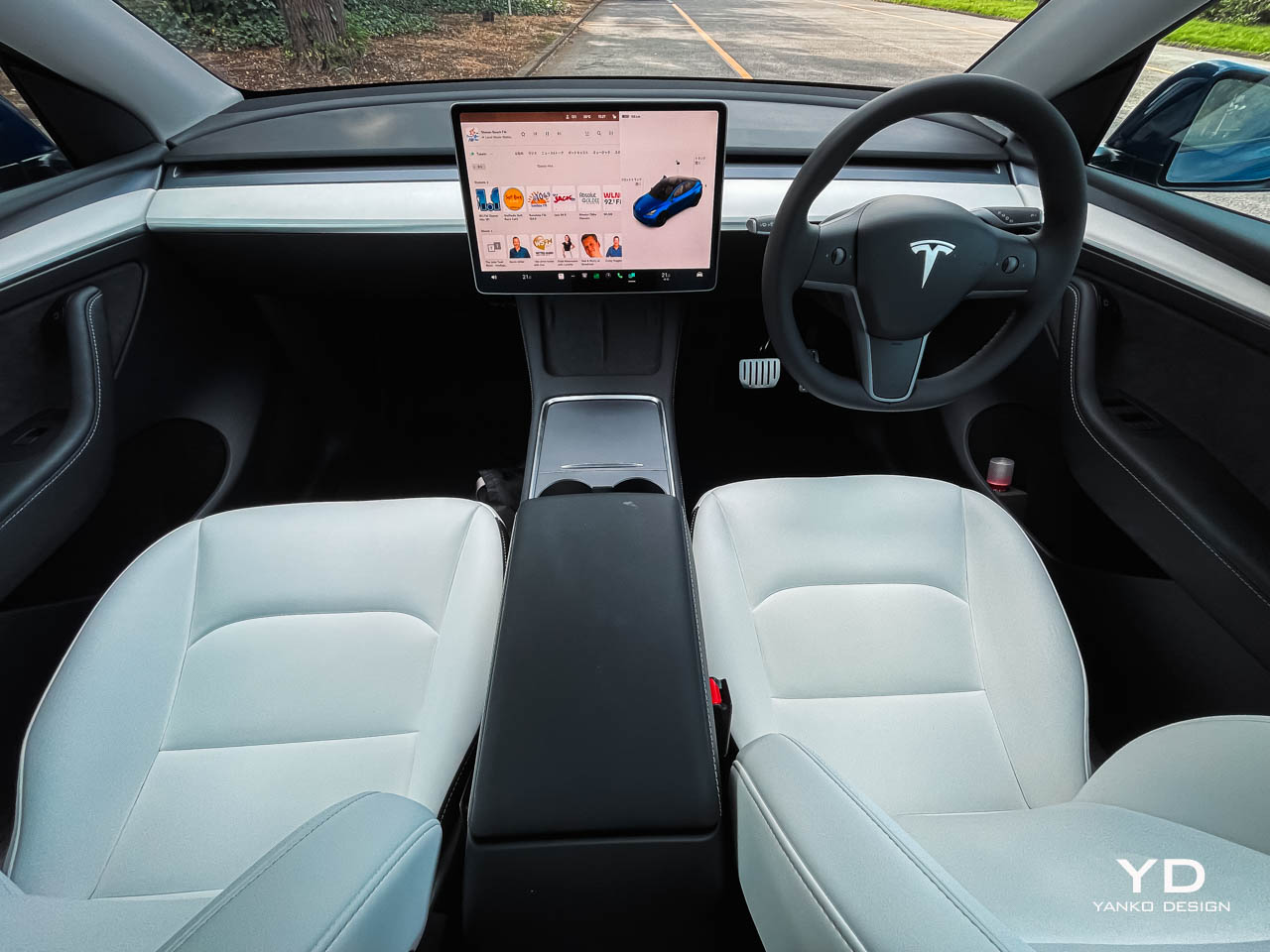
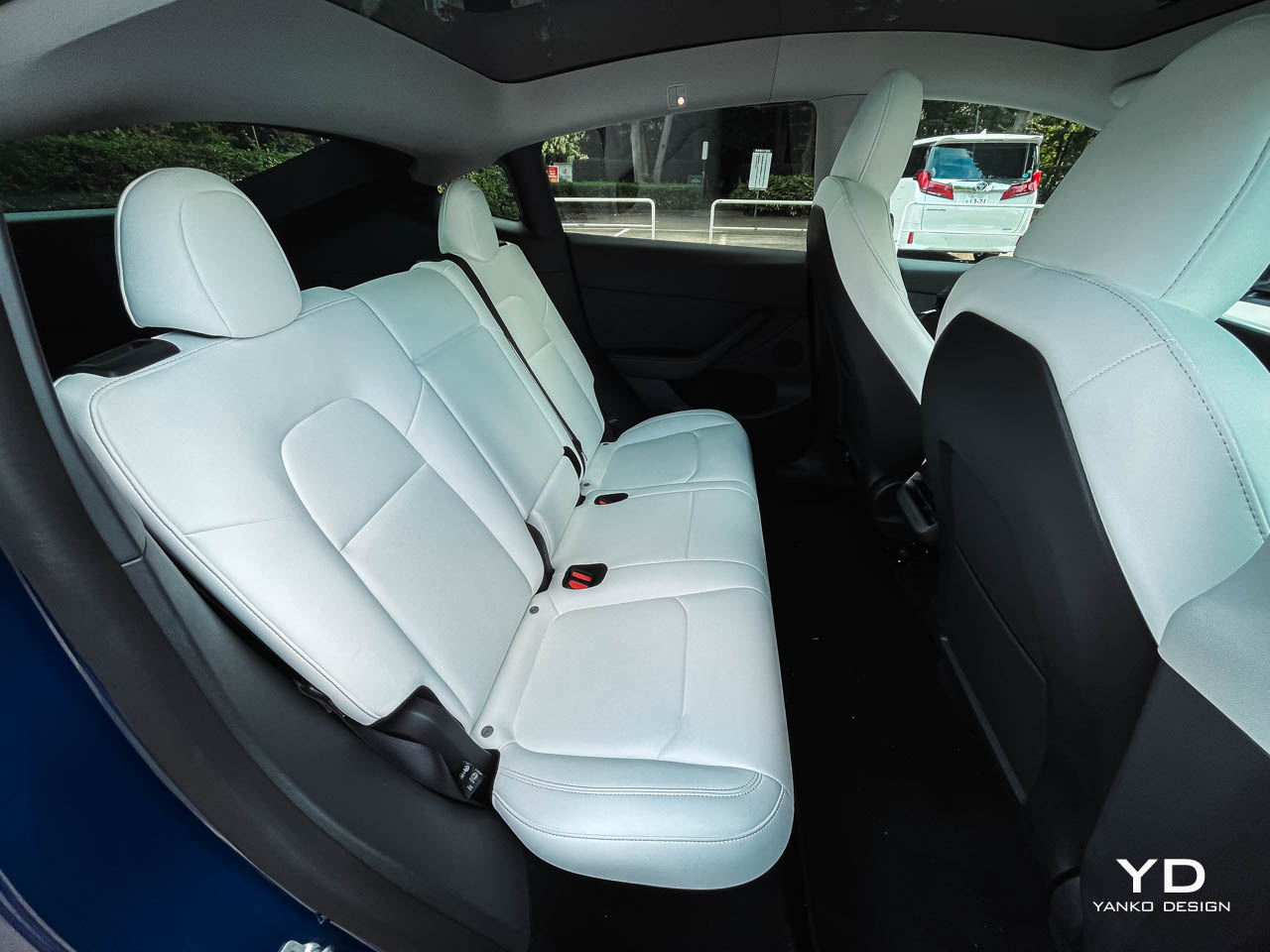
The Y’s cockpit delivers high levels of comfort in some areas and disappoints in others. The seats are well padded and provide sufficient leg and back support, but the simulated leather upholstery does not breathe well and will retain heat in summer. As you’d expect from a clean dash with minimal switches, the climate control is touchscreen-operated and can be fiddly to quickly find, adding to frustration.
Why don’t all carmakers offer twin smartphone charging pads?
Like a new iPhone 14, drivers will need to take extra time to learn the ins and outs of the touchscreen. Speaking of smartphones, one feature we particularly liked was the Model Y’s twin charging pad located just under the touchscreen which lets passengers lay two phones on charging pads side by side. Why doesn’t everyone else do this? The Y’s air-con can cool and heat the cabin well, but it has to work hard if the sun is shining through the Y’s large glass roof. Like many EVs now, you can remotely switch on the air-con before you get in, which can save the day.
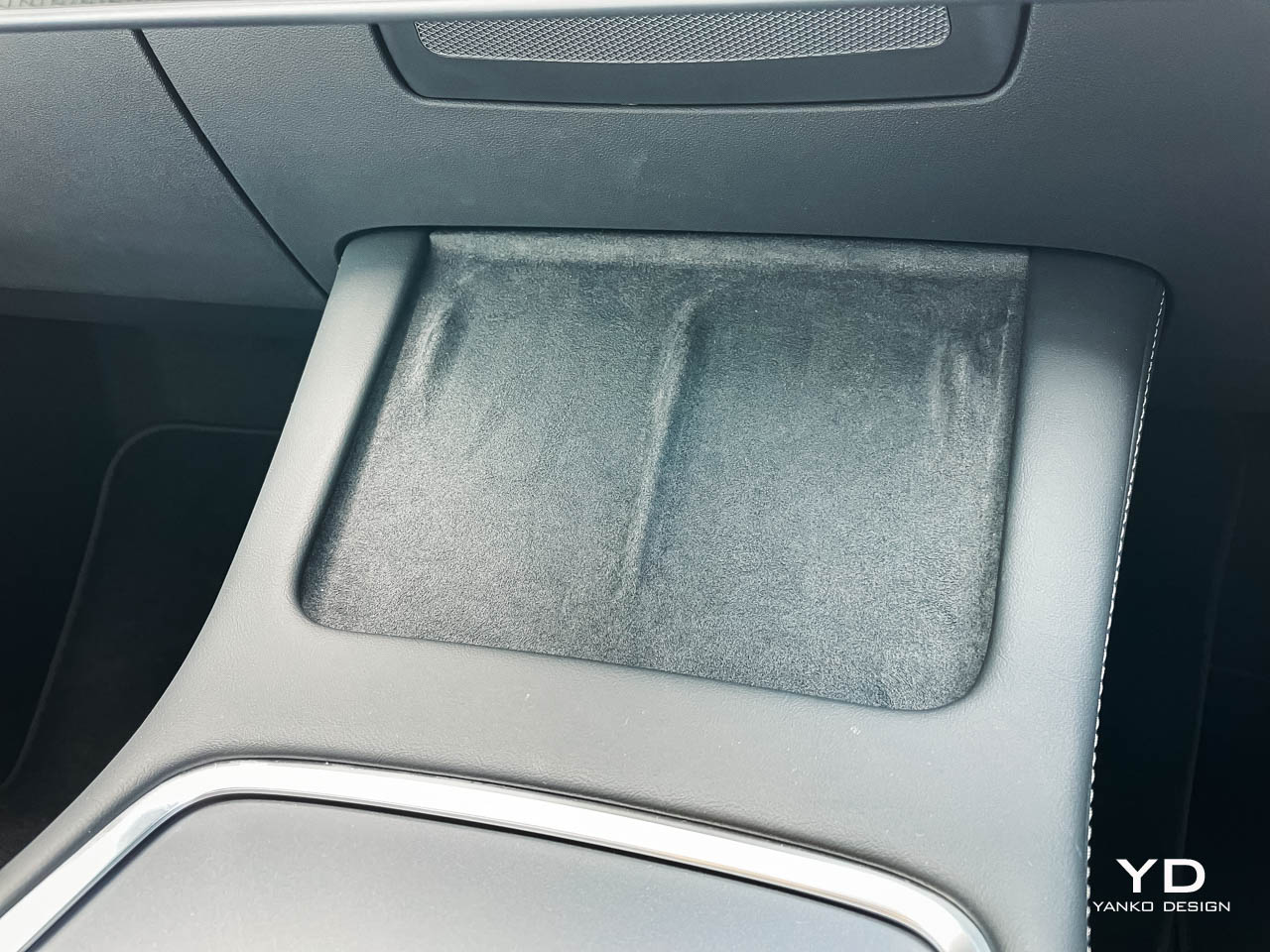
Fitted to the Y, Tesla’s Autopilot system uses a combination of cameras and sensors to scan your surroundings and channel data into advanced cruise control programs that can significantly lower driver fatigue levels. But during our test we felt that the standard adaptive cruise control worked well enough.
You can open your car with your smartphone. As long as you’re logged into your car with your smartphone app, the car will unlock and turn on when it detects your phone. If you don’t want to use your phone, you can opt for a separate smartcard that unlocks the car when you hold it up to the B-pillar.
The Driving Experience
Tesla established itself as a maker of blisteringly quick electric cars back in 2009 with the introduction of the Roadster model. It followed this up with the Model S in 2012, the unique ‘falcon wing’ door fitted Model X in 2015 and the Model 3 hatchback later in 2017, all offering supercar equivalent acceleration. We’ve all seen YouTube videos of Teslas trampling over Lamborghini Aventadors and Nissan GT-Rs to 60 mph and the quarter mile, so we don’t need to reiterate how quick any Tesla is.
As mentioned above, you get a choice of two specs; the Long Range or the Performance. If you opt for the former, you get a 75kWh lithium-ion battery, which the EPA rates at 330 miles for the Long Range Dual Motor specification. Upgrade to the ‘Performance’ spec and your range falls to a claimed 303 miles, but in return power leaps from 434-hp to a massive 563-hp. The EPA also estimates that the Long Range version is good for 131 MPGe in the city and 117 MPGe on the highway, while the Performance spec’s fuel numbers are 115 MPGe city and 106 MPGe highway.
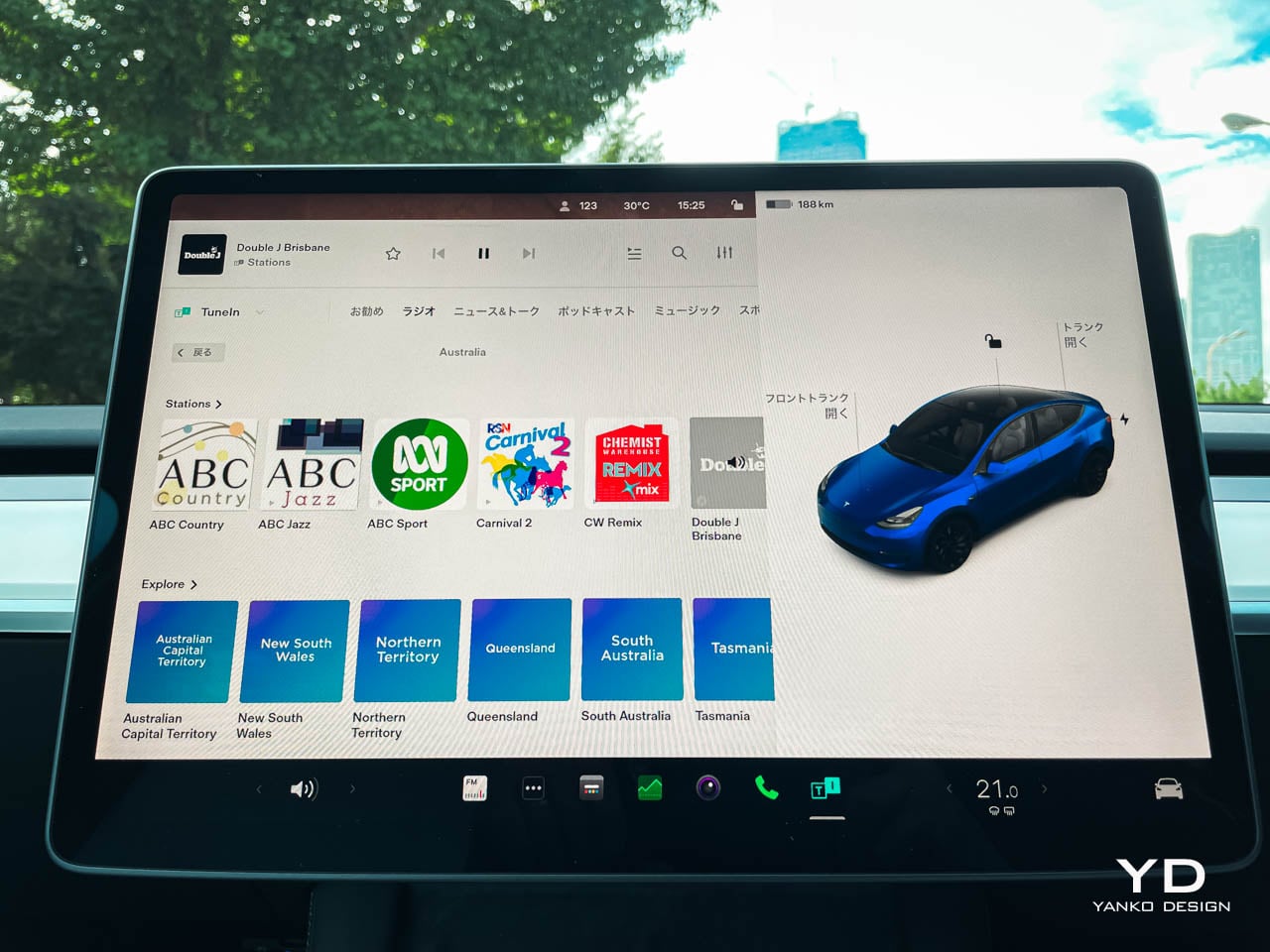
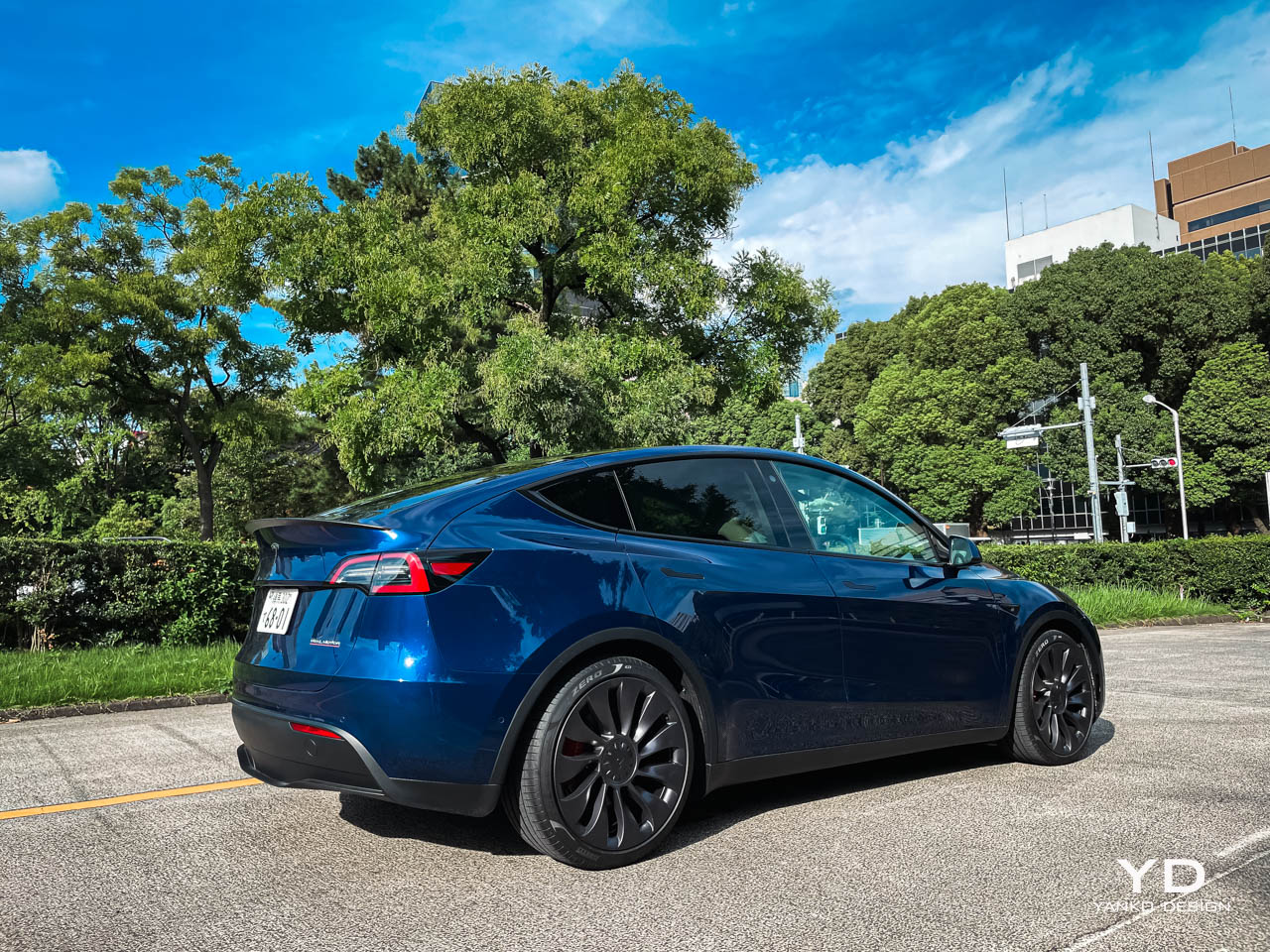
In Performance guise, the Y is capable of jumping from zero to 60-mph in 3.5 seconds and reaching a top speed of 155-mph. Even in Long Range spec, it is still able to post a pleasingly quick zero to 60-mph time of 4.8 seconds and a 135-mph top speed. Of course, the Model Y’s dual-motor/all-wheel-drive set-up helps get the power down when you need that quick bout of grunt, but, in everyday driving, it will settle nerves when roads are slippery.
The Model Y’s firm suspension delivers the liveliness and precision of a sports car, some would say ‘supercar,’ but not without the sacrifice. Sure, the Y is a very comfortable cruiser on smooth interstate of local roads, but once on rougher terrain the car’s overly firm set-up can become jittery, and you’ll notice some harsher crashes and bumps. Ride quality improves a smidgen on Model Y’s with 19-inch tires, but if you prefer a less jittery and more compliant ride, then perhaps you’d better look elsewhere for your EV.
While the ride is a little on the firm side, handling in the 4,416-lb Model Y is good and predictable. The steering is light and while it could have weightier feel, it is still quick to respond to inputs, giving you a sense of control and connection through corners. It does not, though, have the driver engagement of, say, a BMW iX3, but the Model Y is still a very capable handler.
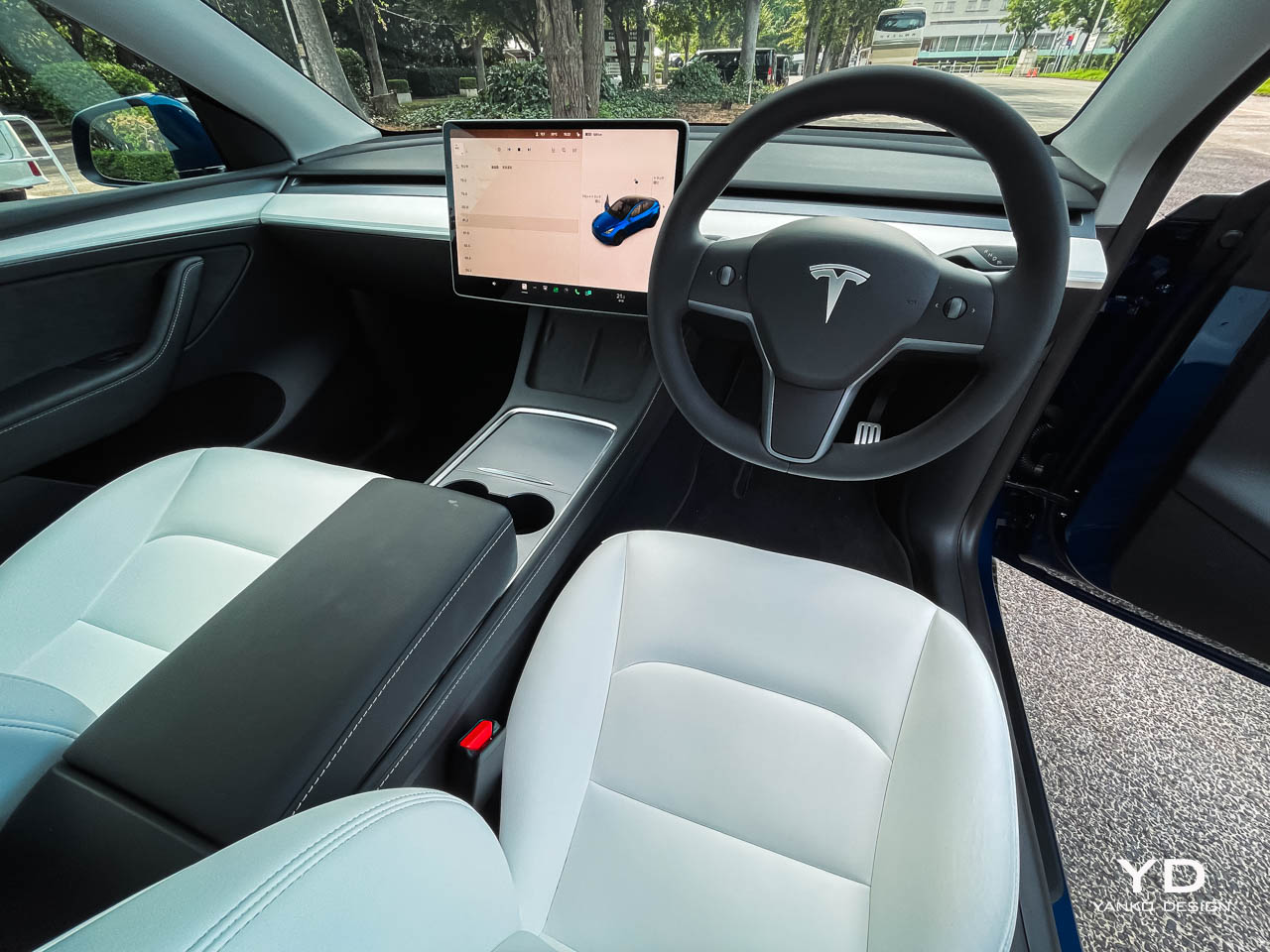
Using regen braking with one pedal allows a complete stop
Veteran EV drivers will enjoy the adjustable regenerative braking which allows carefree one pedal driving. We were particularly impressed with the Y’s ability to drive and stop smoothly using just one pedal—the accelerator. Unlike many of its European or Japanese rivals, the Model Y will come to a complete stop when you lift off the throttle, and without touching the brake. In heavy traffic though, it does take some getting used to. While Tesla claims you can charge from 10% to 80% of battery capacity inside of 30 minutes, it also says that you can top up 200 miles of range in just 15 minutes at its ever-expanding Supercharger network. The Model Y should qualify for the U.S.’s new $7,500 tax rebate starting January 1, 2023 under the new Inflation Reduction Act. More details on that later.
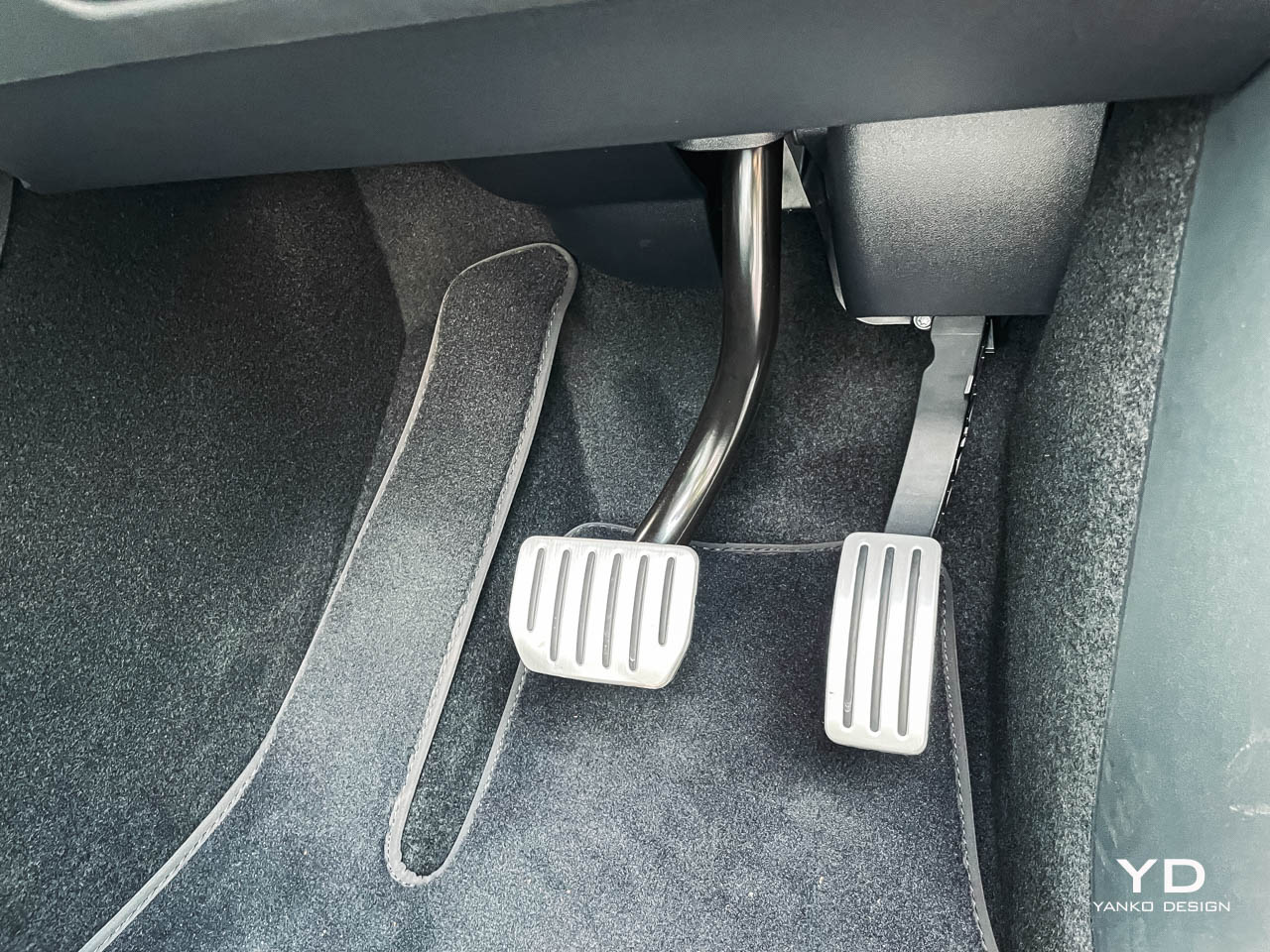
PRICING AND OPTIONS
There are basically two prices for the Model Y: $65,990 for the Long Range, and $69,990 for the Performance. Interestingly, options are few and far between. Unlike rivals which supply options for seats and trim, wheels, paintwork, audio system, and even interior illumination, the Model Y only offers options for body color, seats and wheels. Everything else comes as standard. While it does offer impressive tech on its huge display like Spotify and YouTube, it does however clearly lag behind the rest of the industry, though, in smartphone integration with no Apple or Android options.
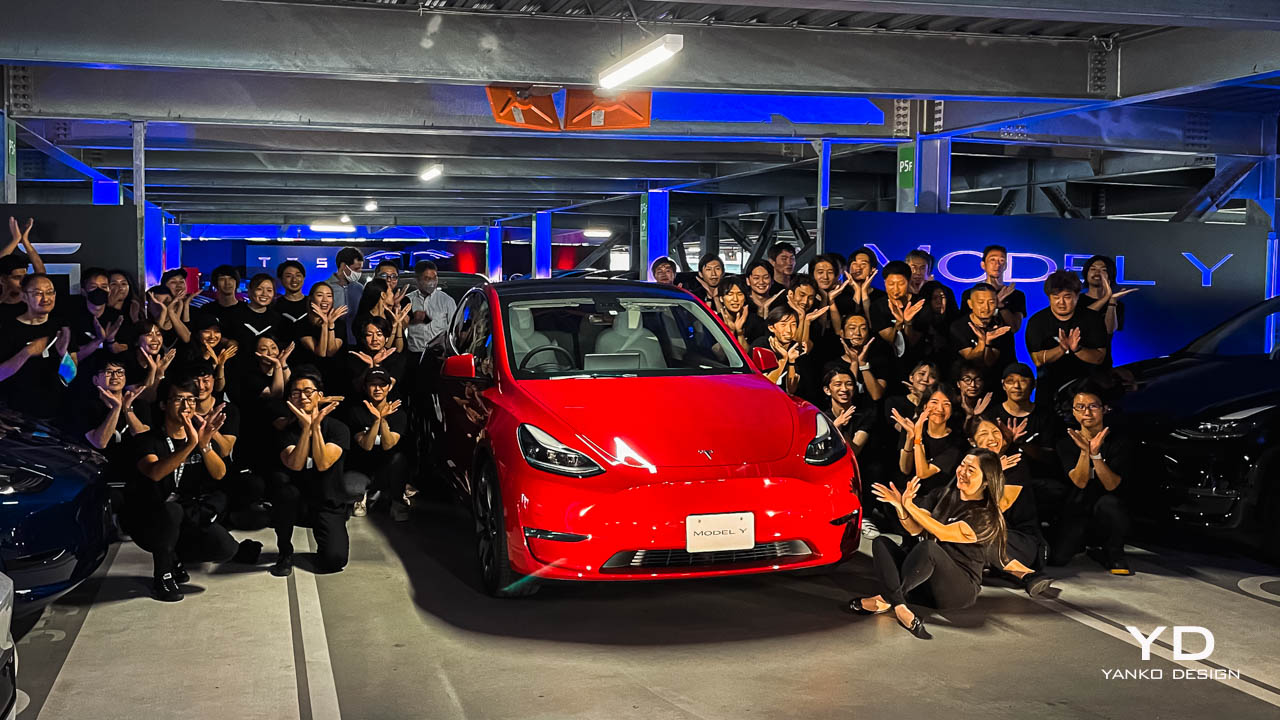
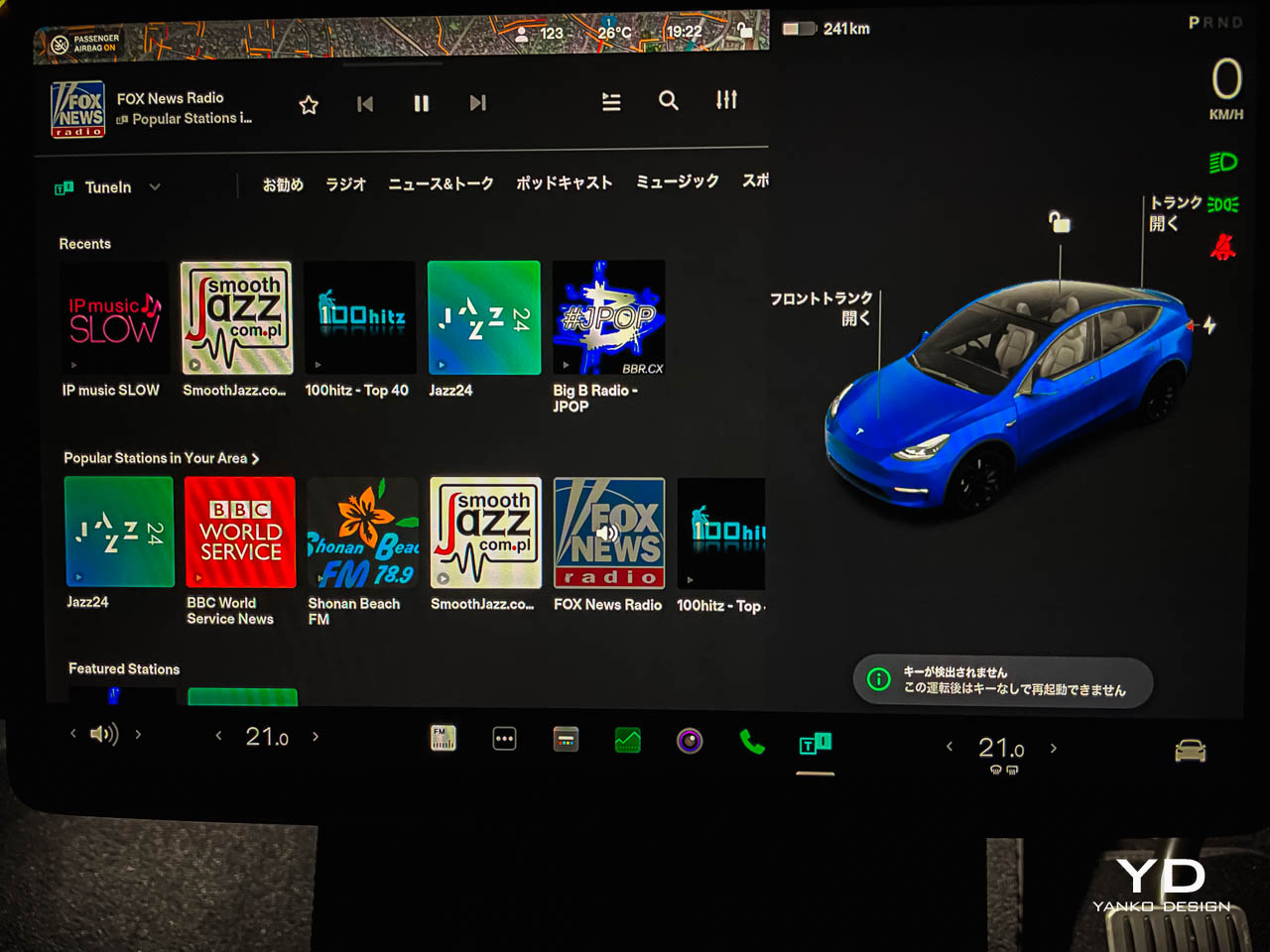
CONCLUSION
When it comes to delivering a pleasing mix of roominess, range, tech, performance and quick charging for SUV, the Y stands heads and shoulders above the rest. Of the two versions, we prefer the Long Range (LR). It may lack the ballistic acceleration of the Performance but it is still quick enough. But of all the EVs on the market now, we’d have to rate the Model Y as one of the best, even at a starting price of $65,990.
However, in saying that, we cannot ignore the car’s quirks, such as an overly firm ride, challenging touchscreen operation and no Apple or Android access—which we feel may be deal breakers for some potential EV buyers. Our best advice would be to test drive one and see how it fits your lifestyle.
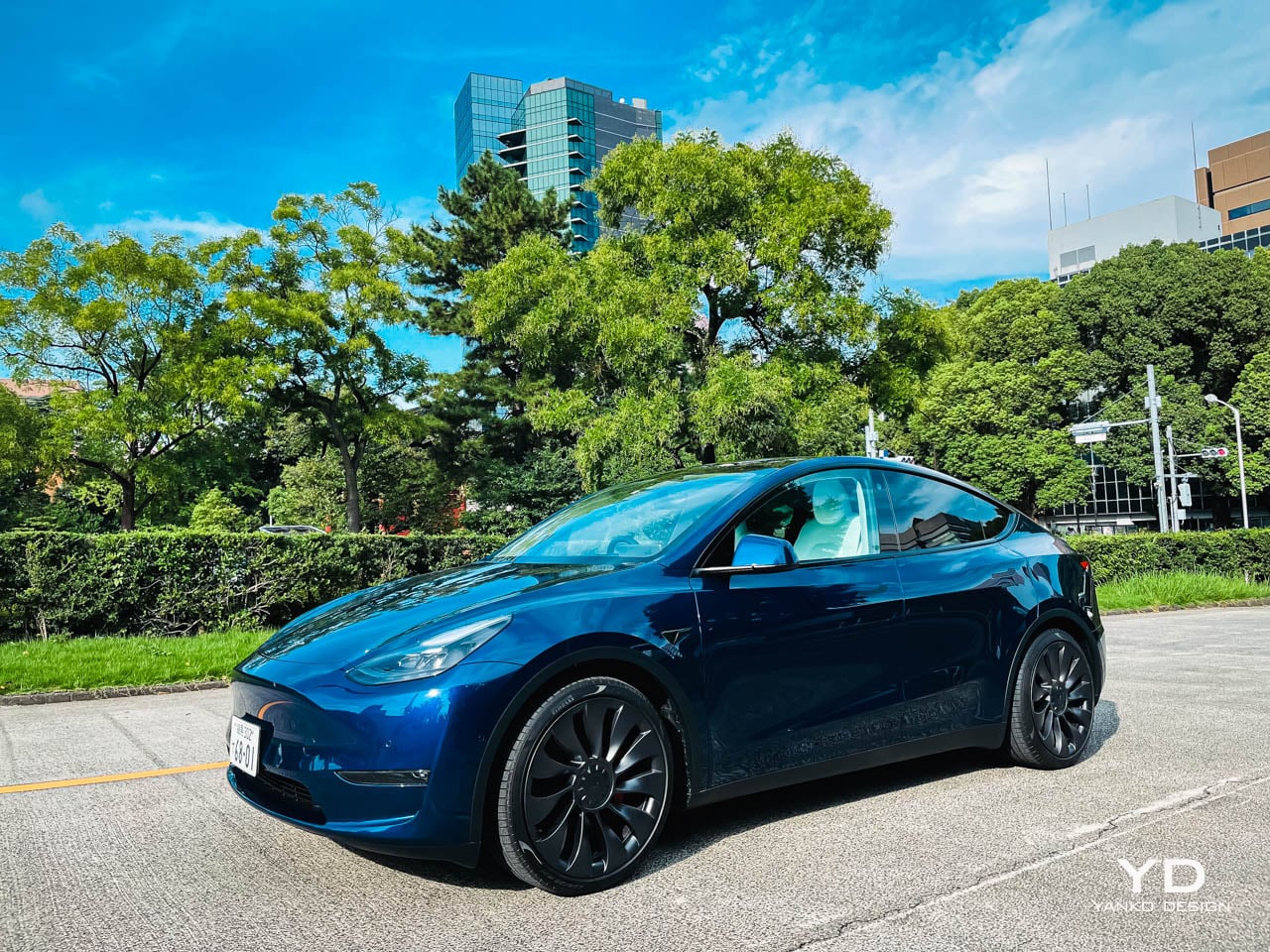
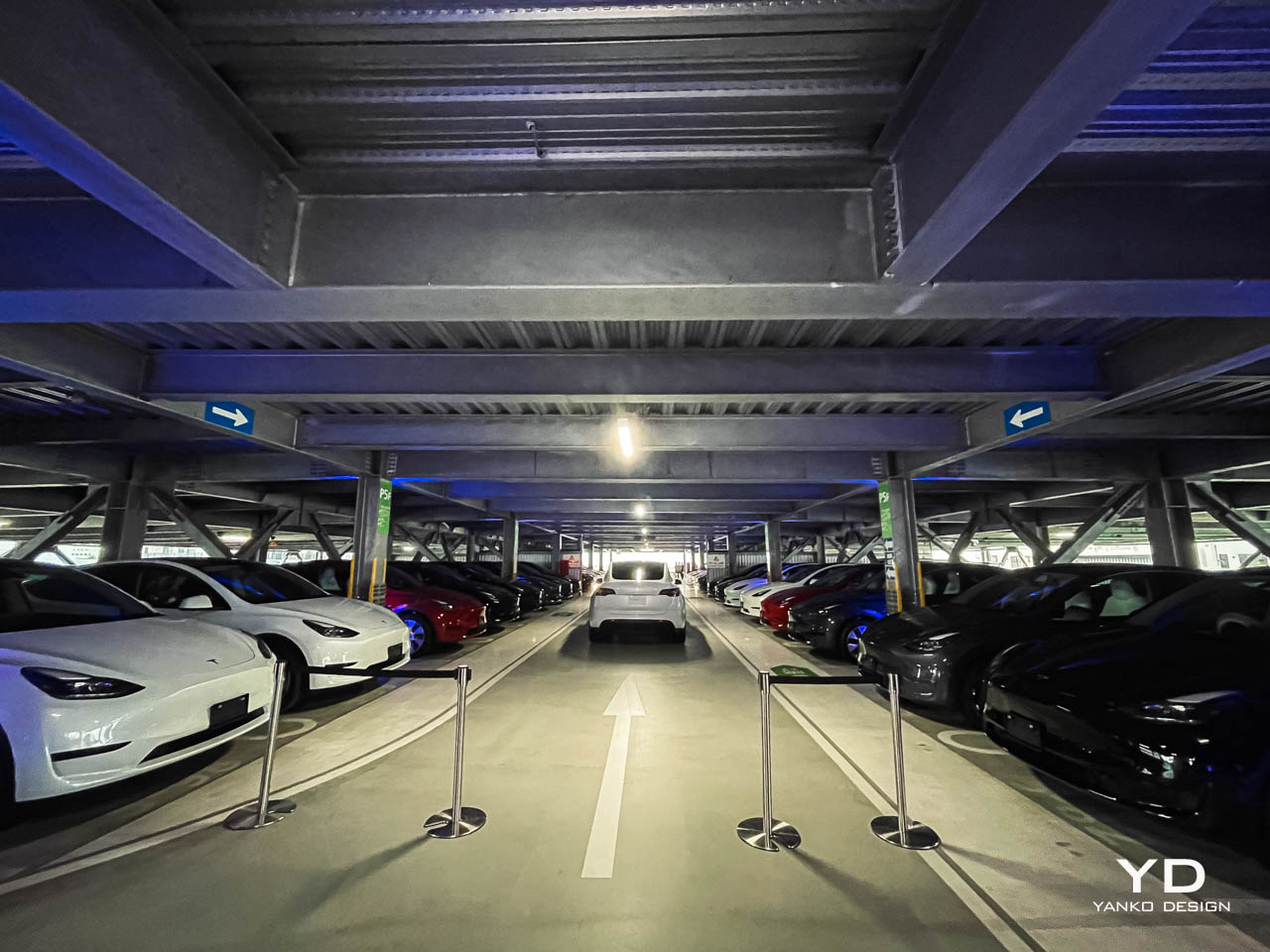
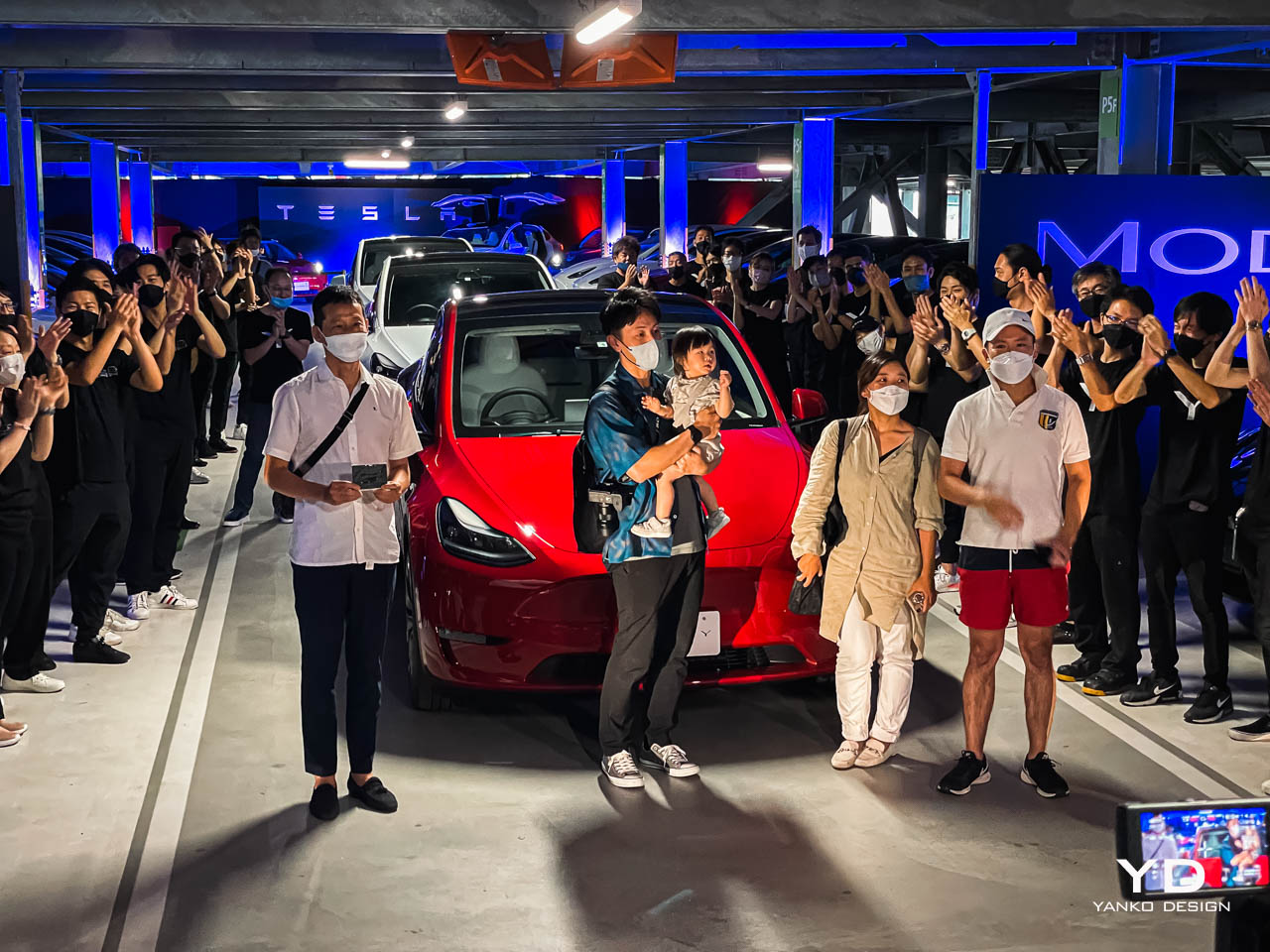
The first 3 recipients of the Tesla Model Y in Japan
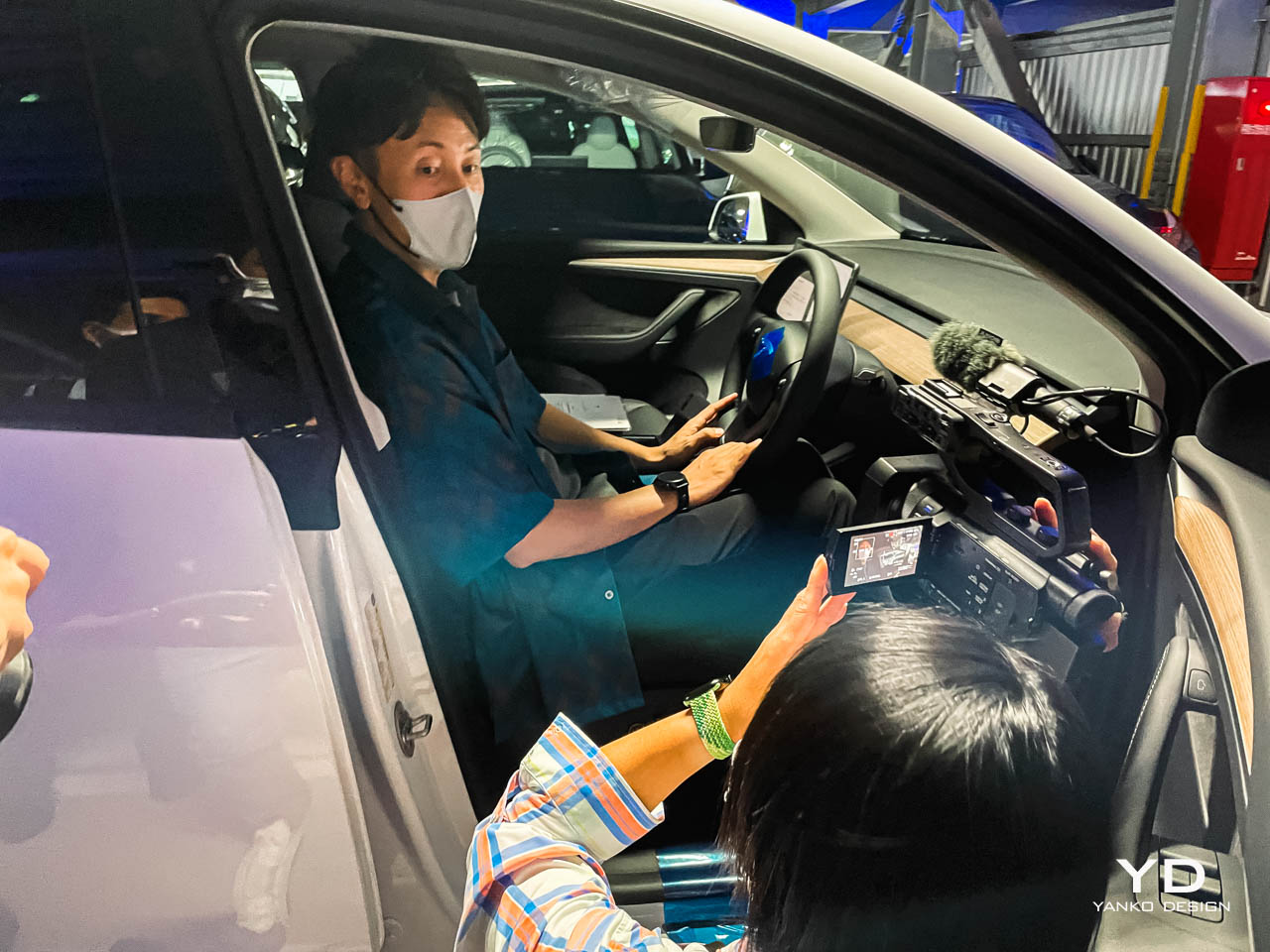
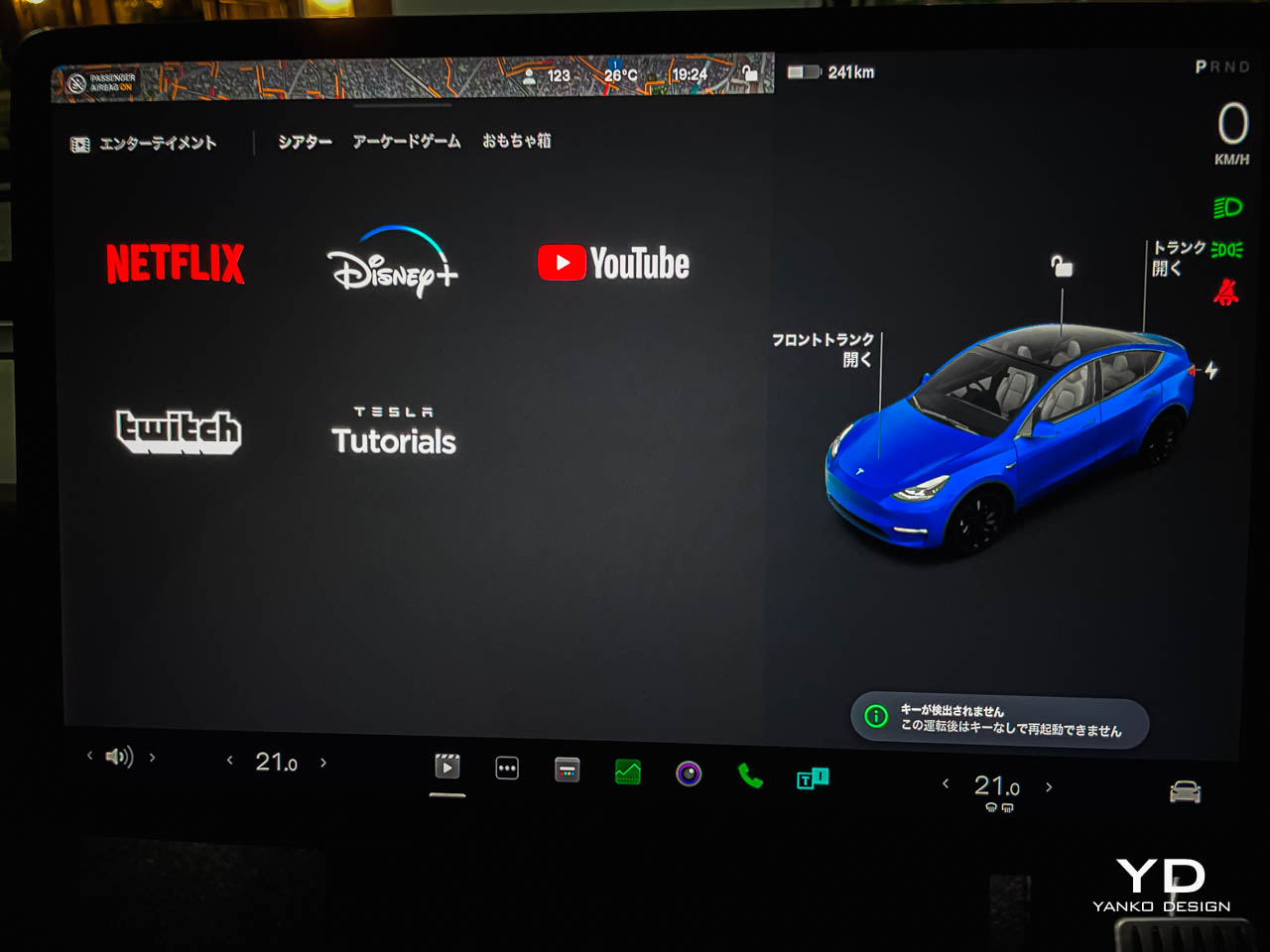
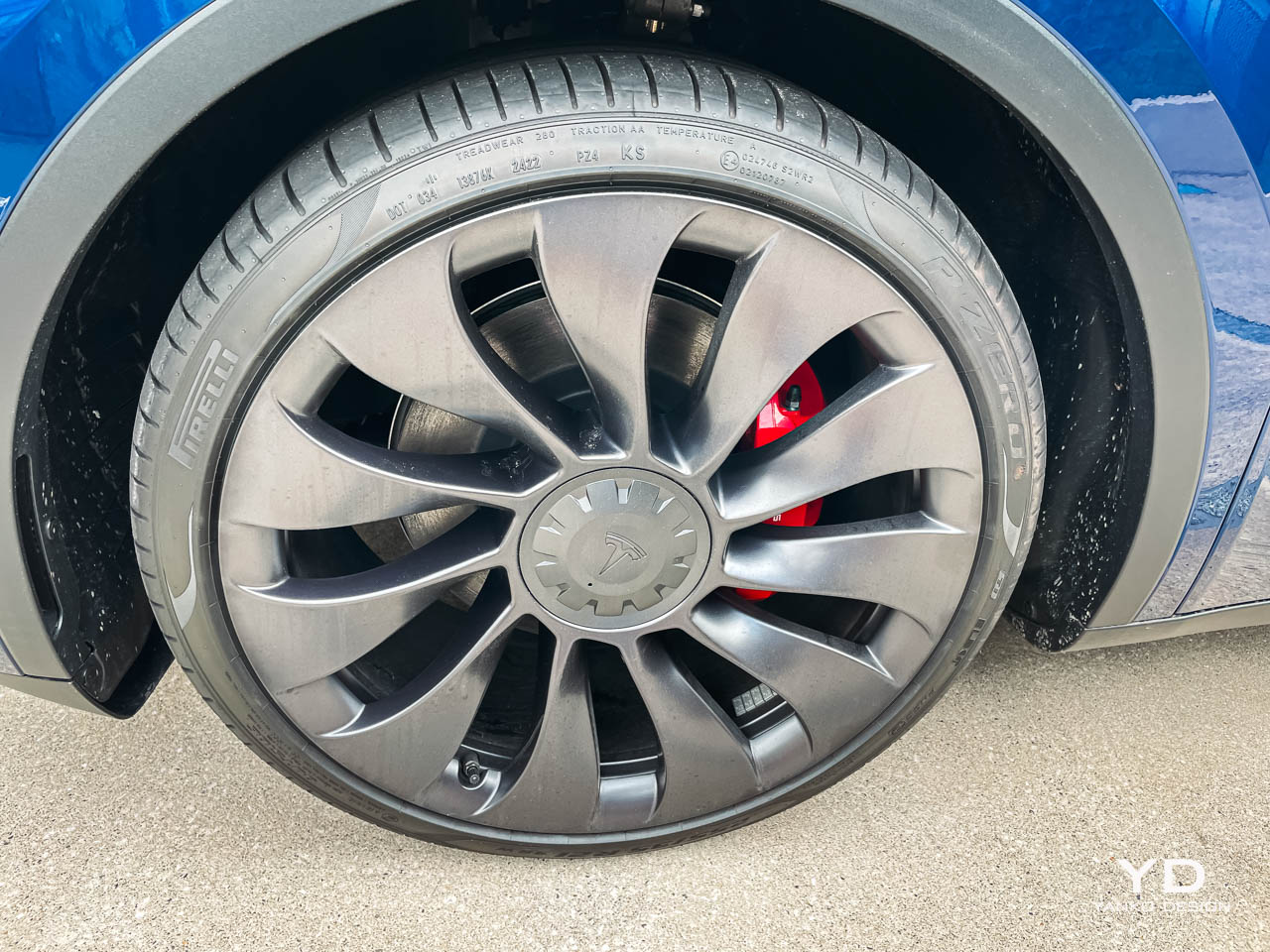
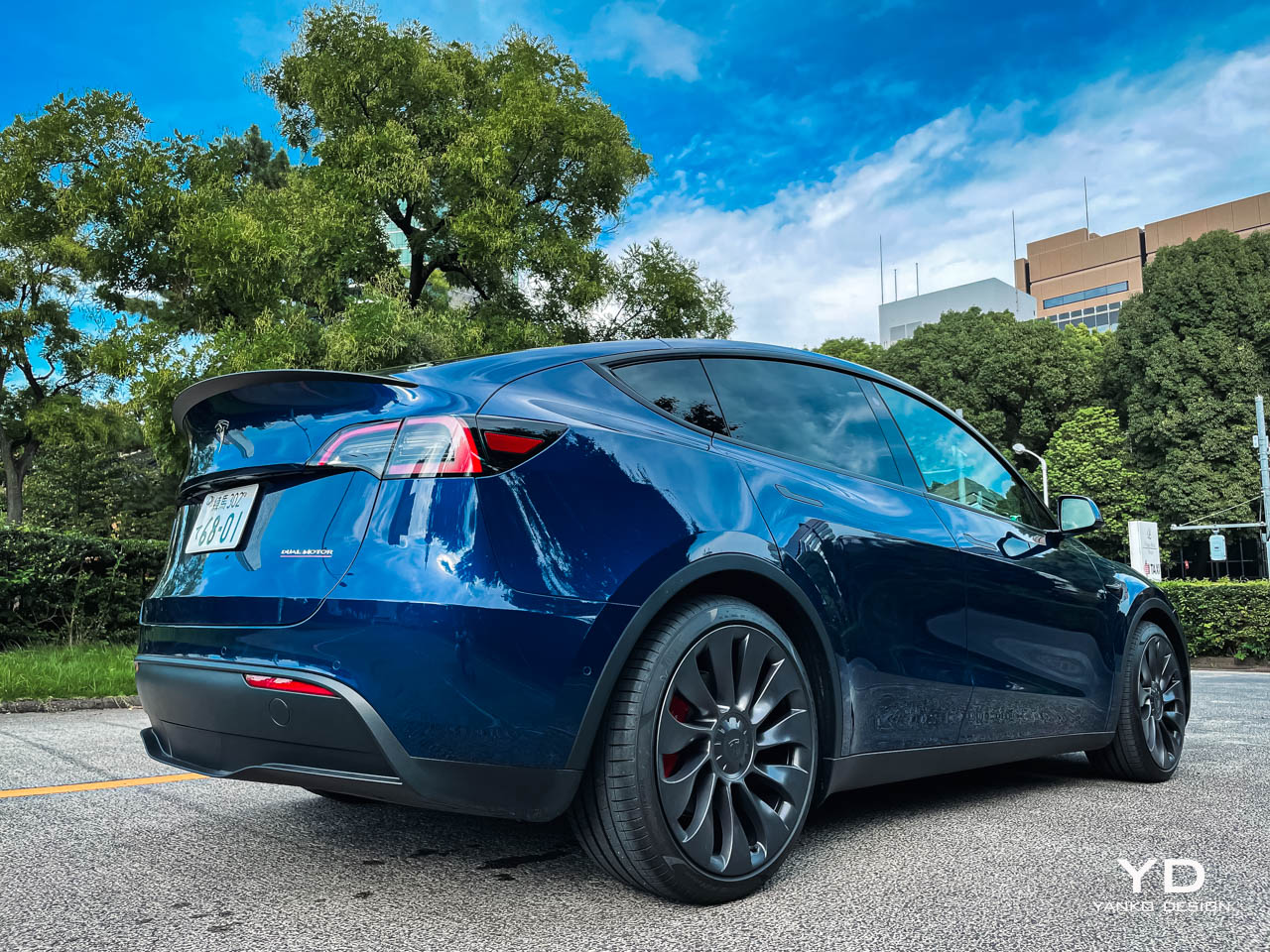
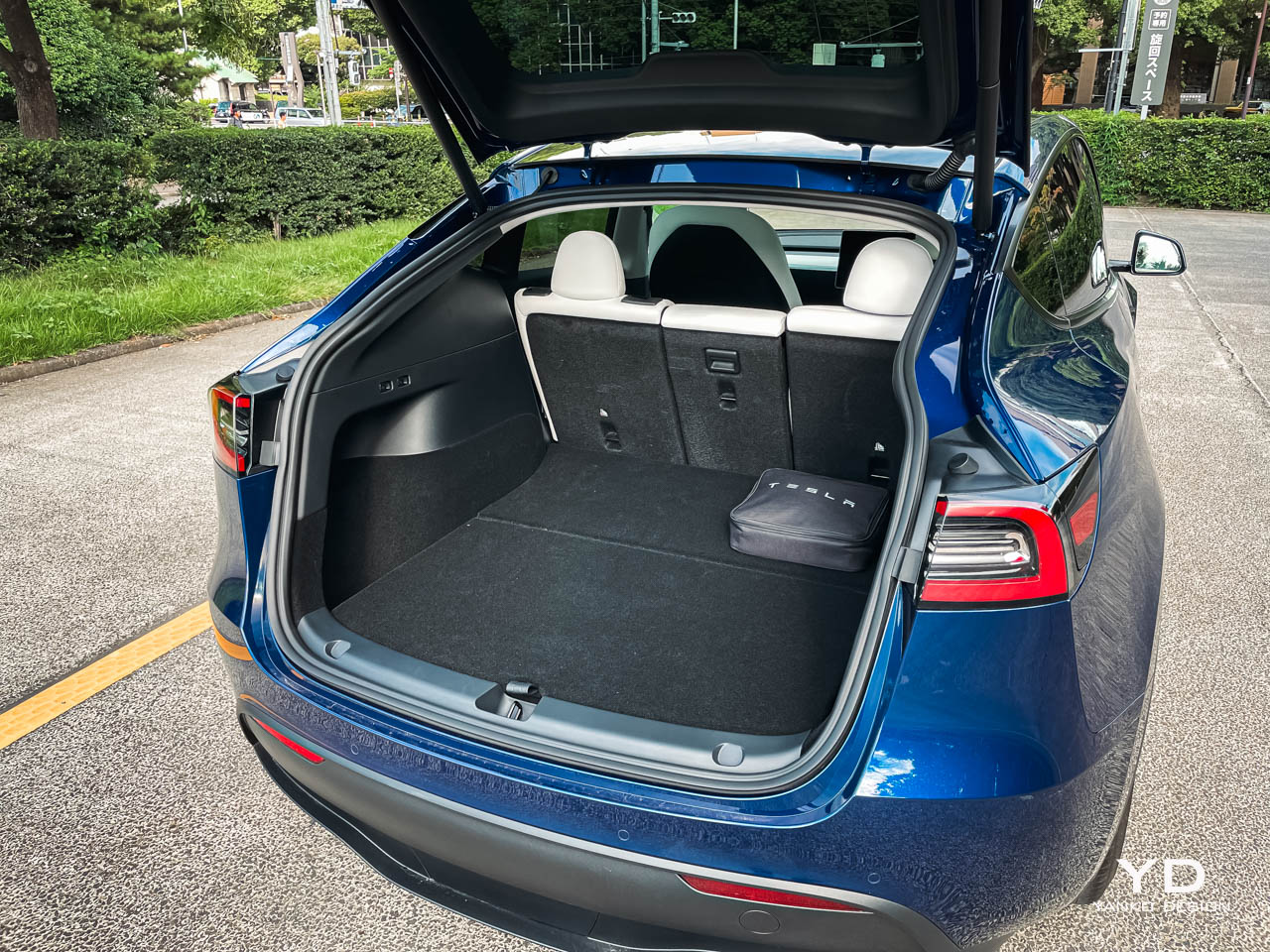
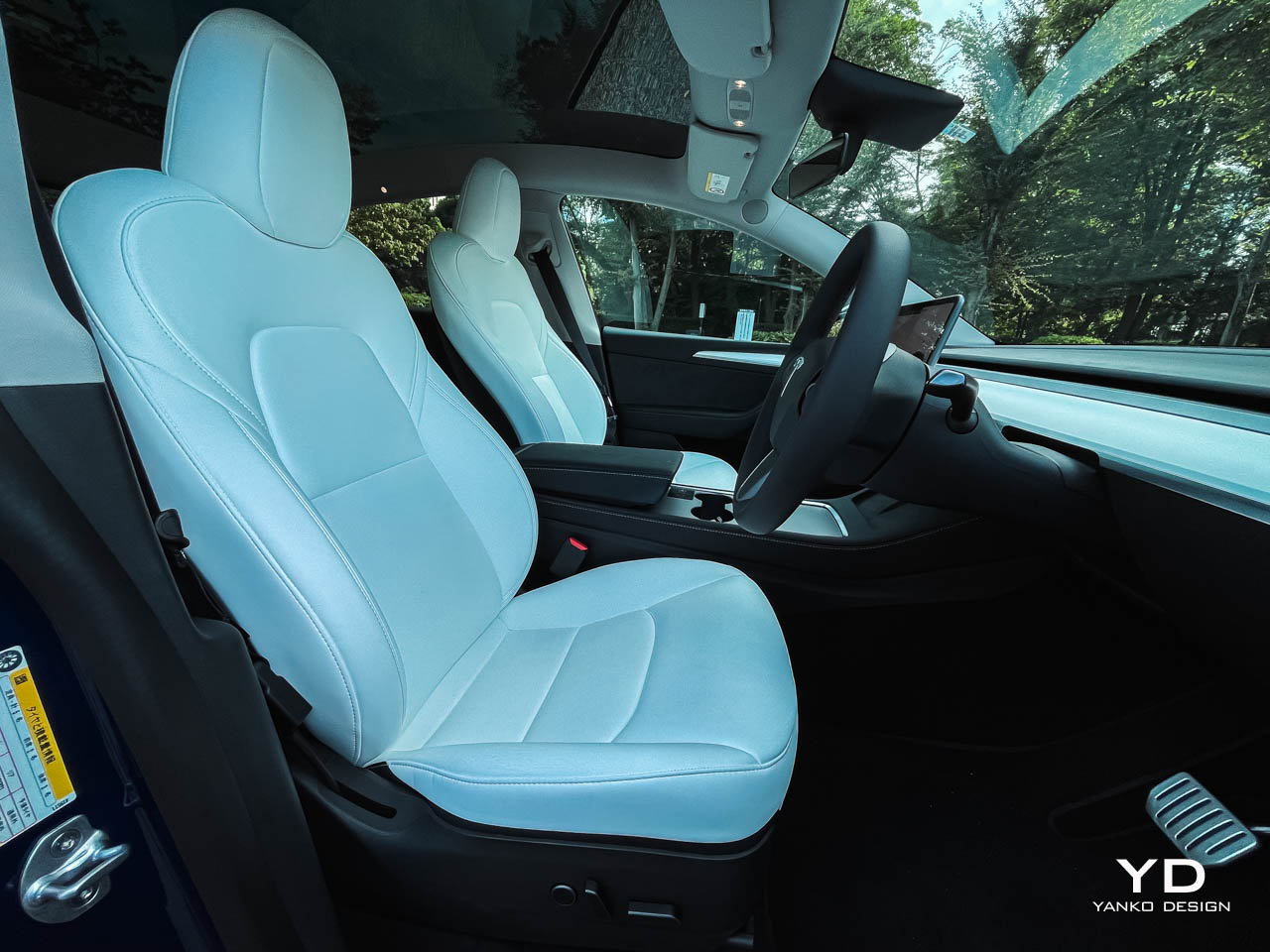
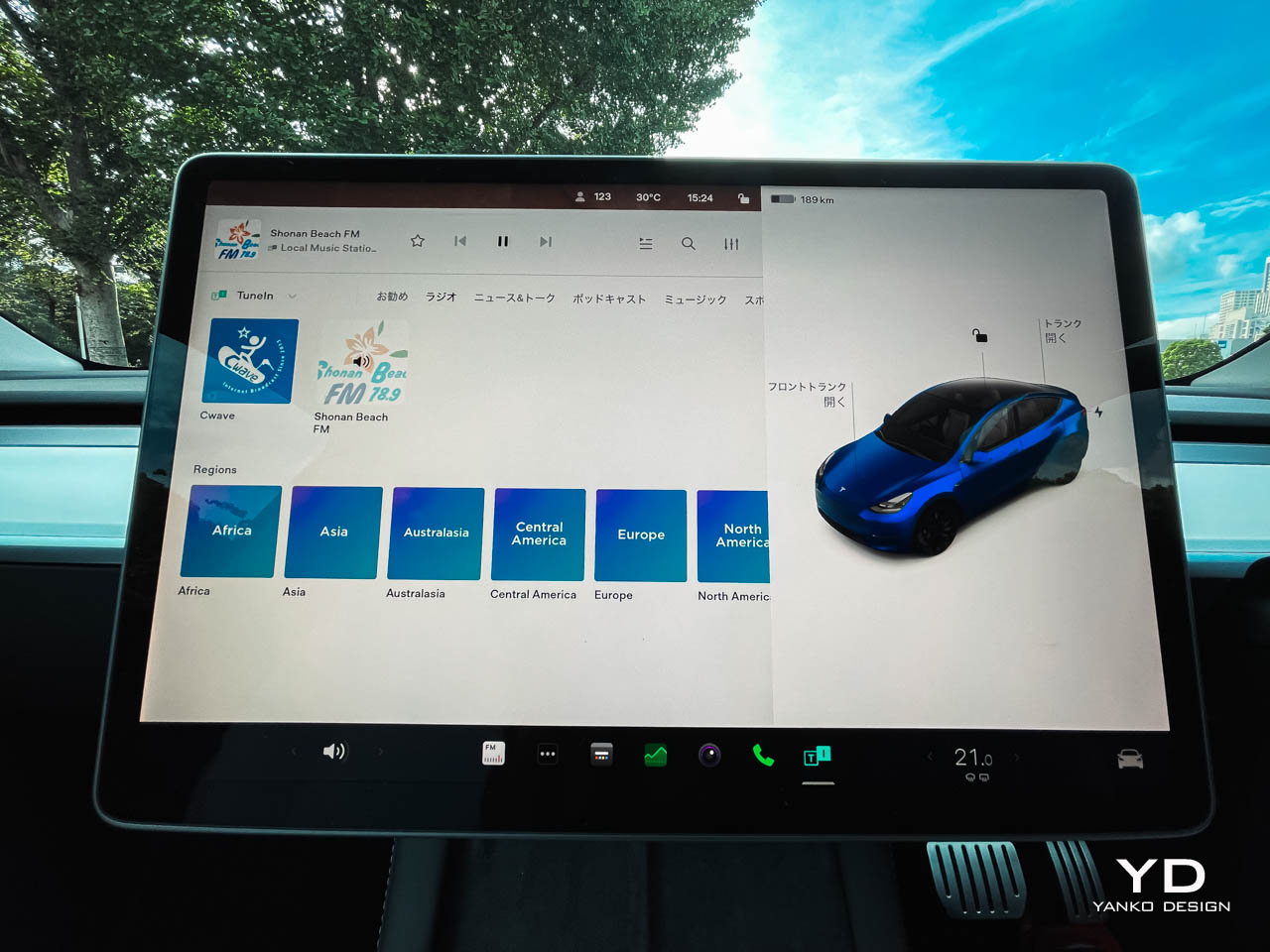
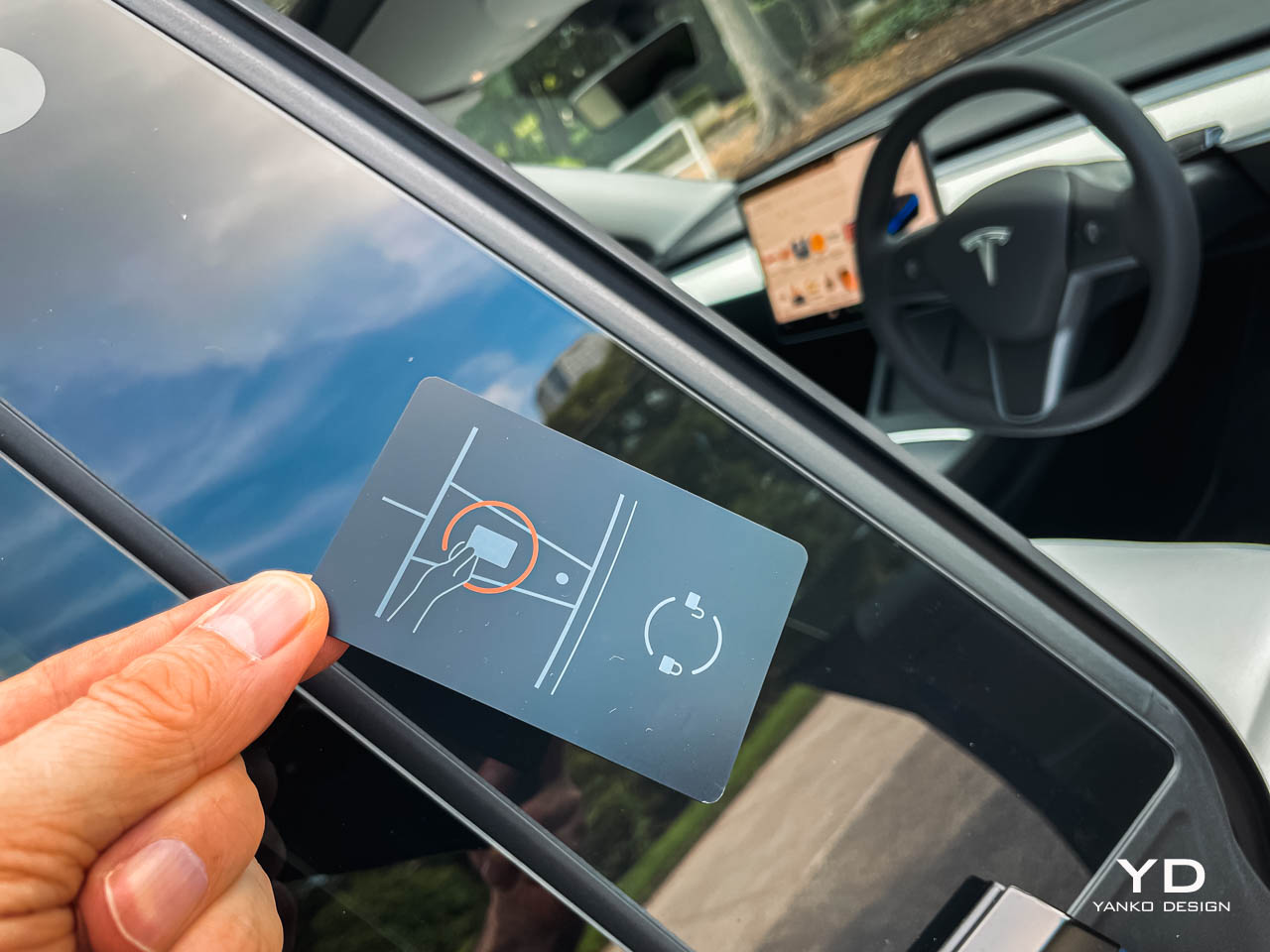
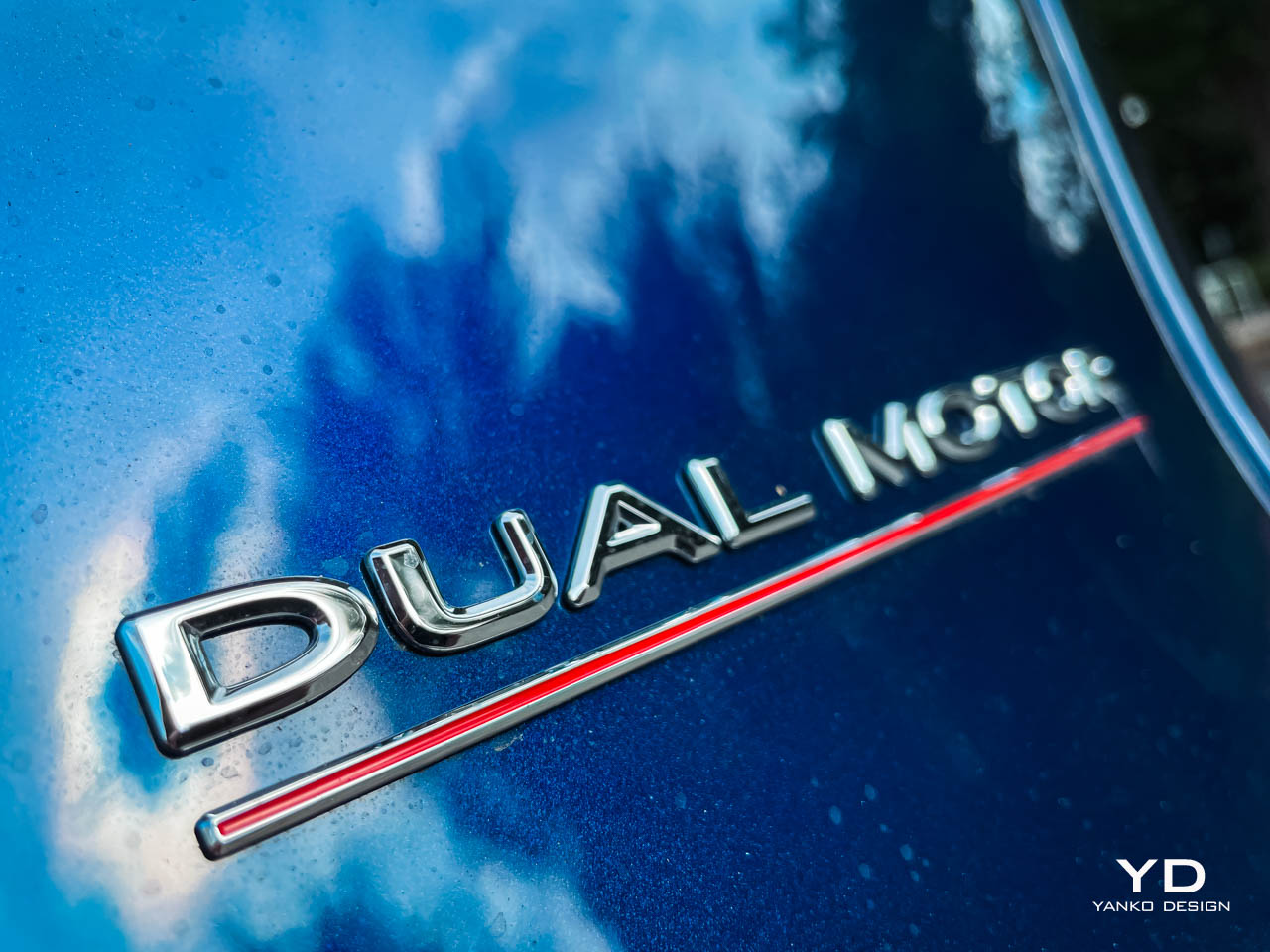
The post 2022 Tesla Model Y Review first appeared on Yanko Design.
0 Commentaires